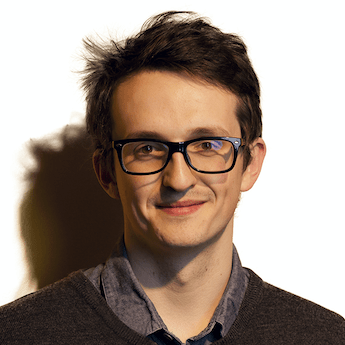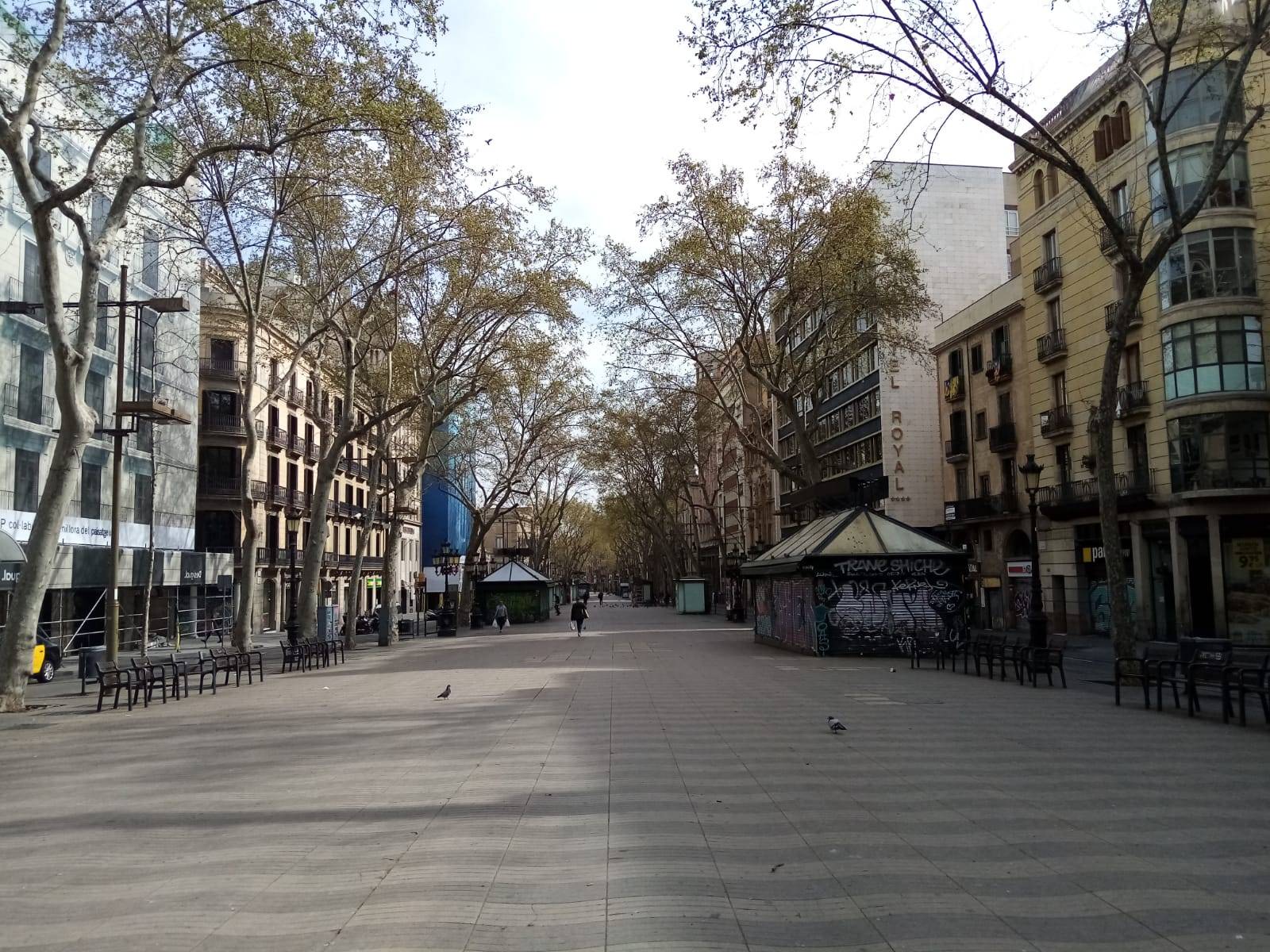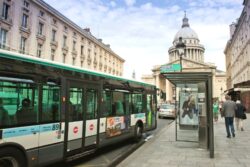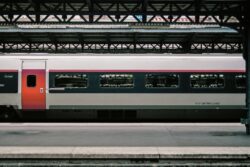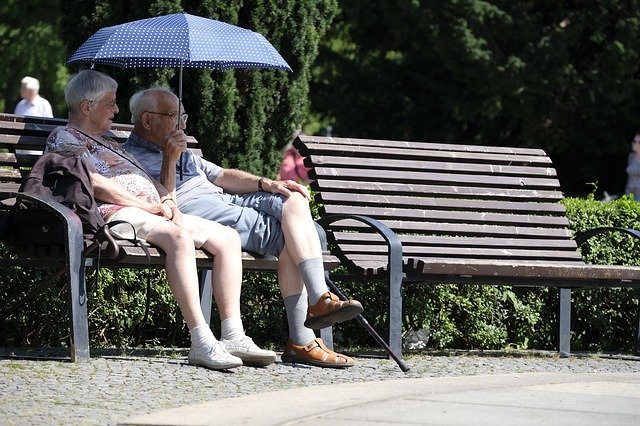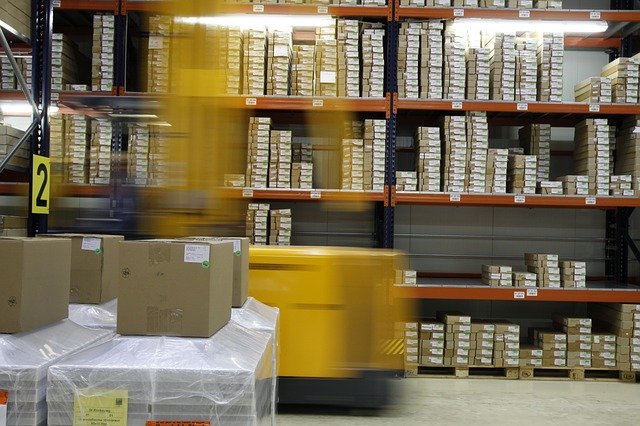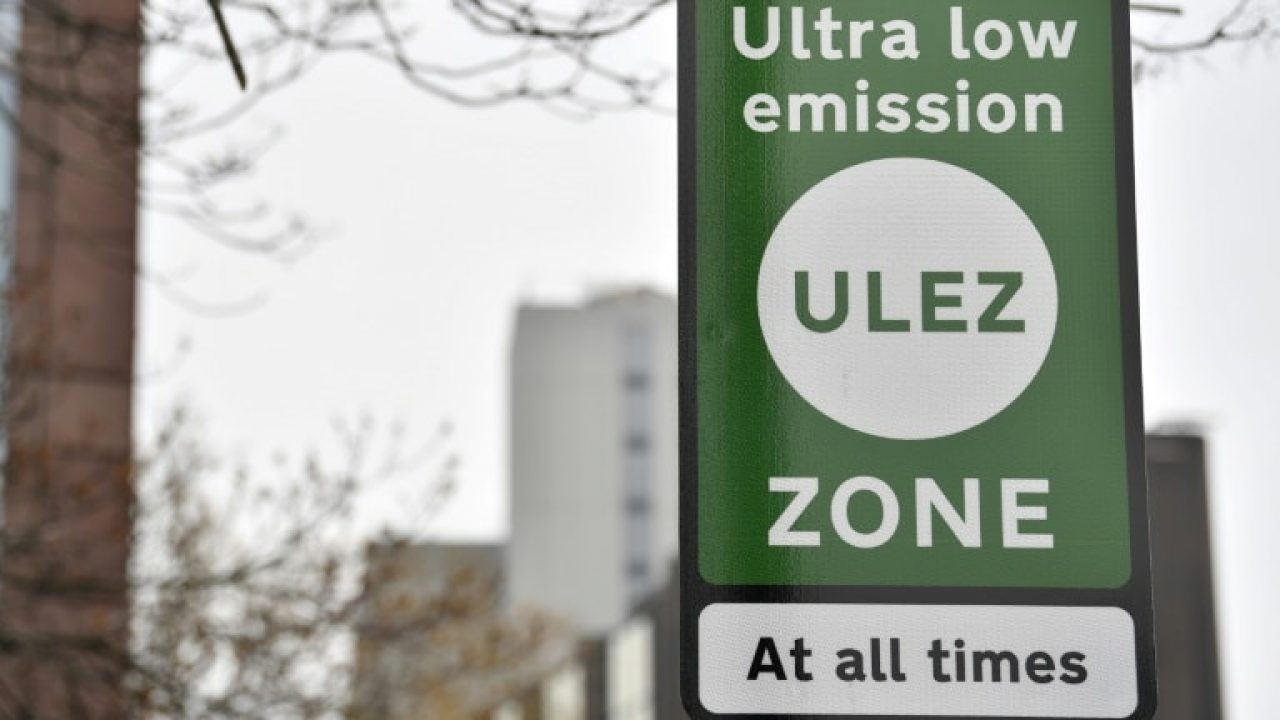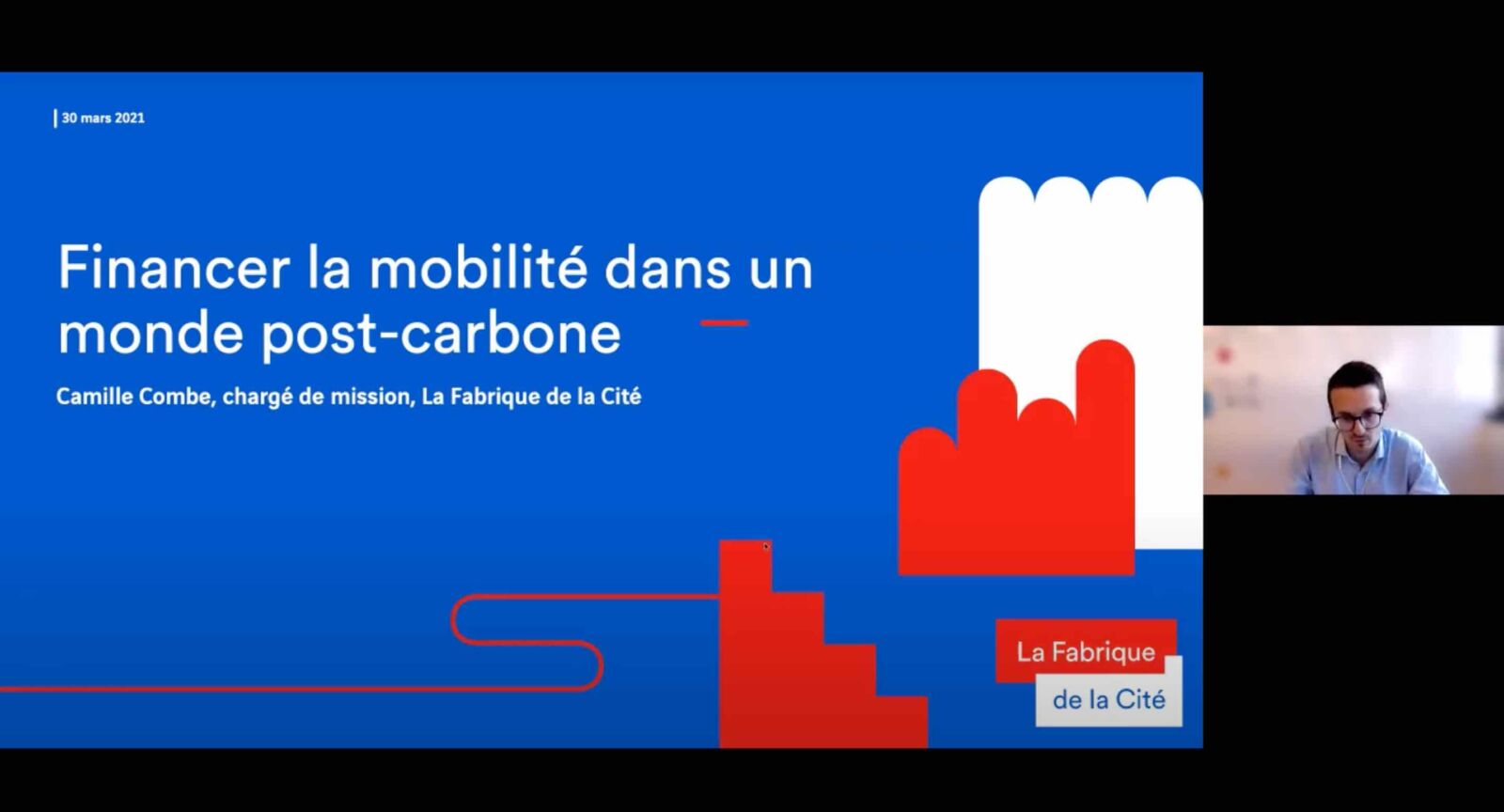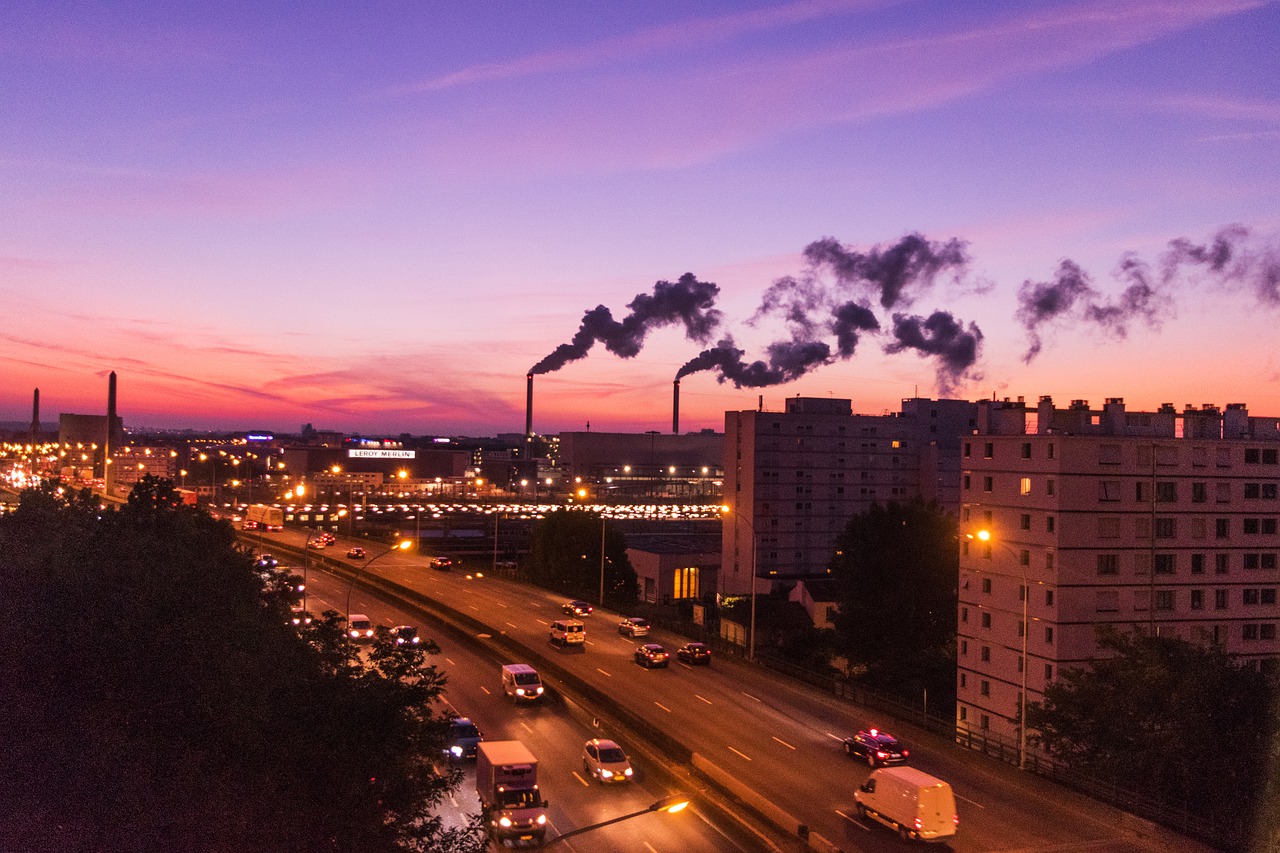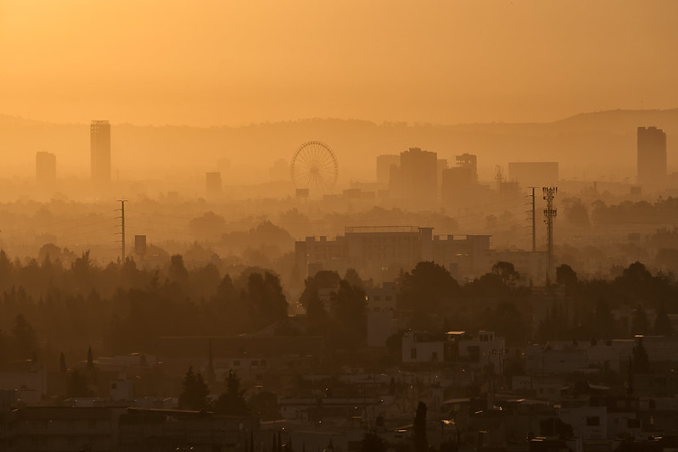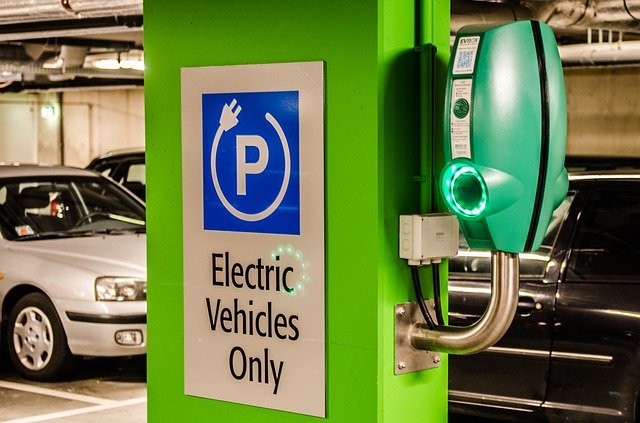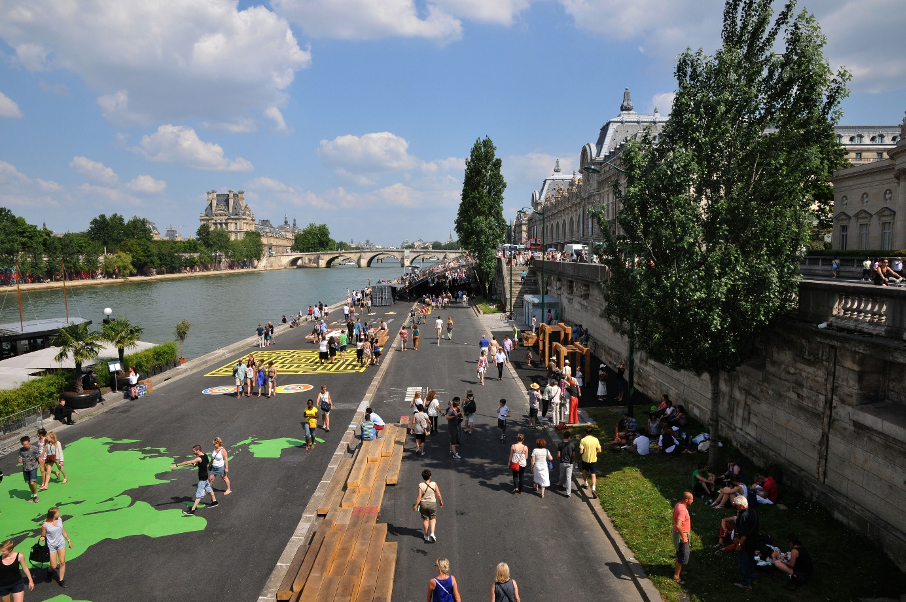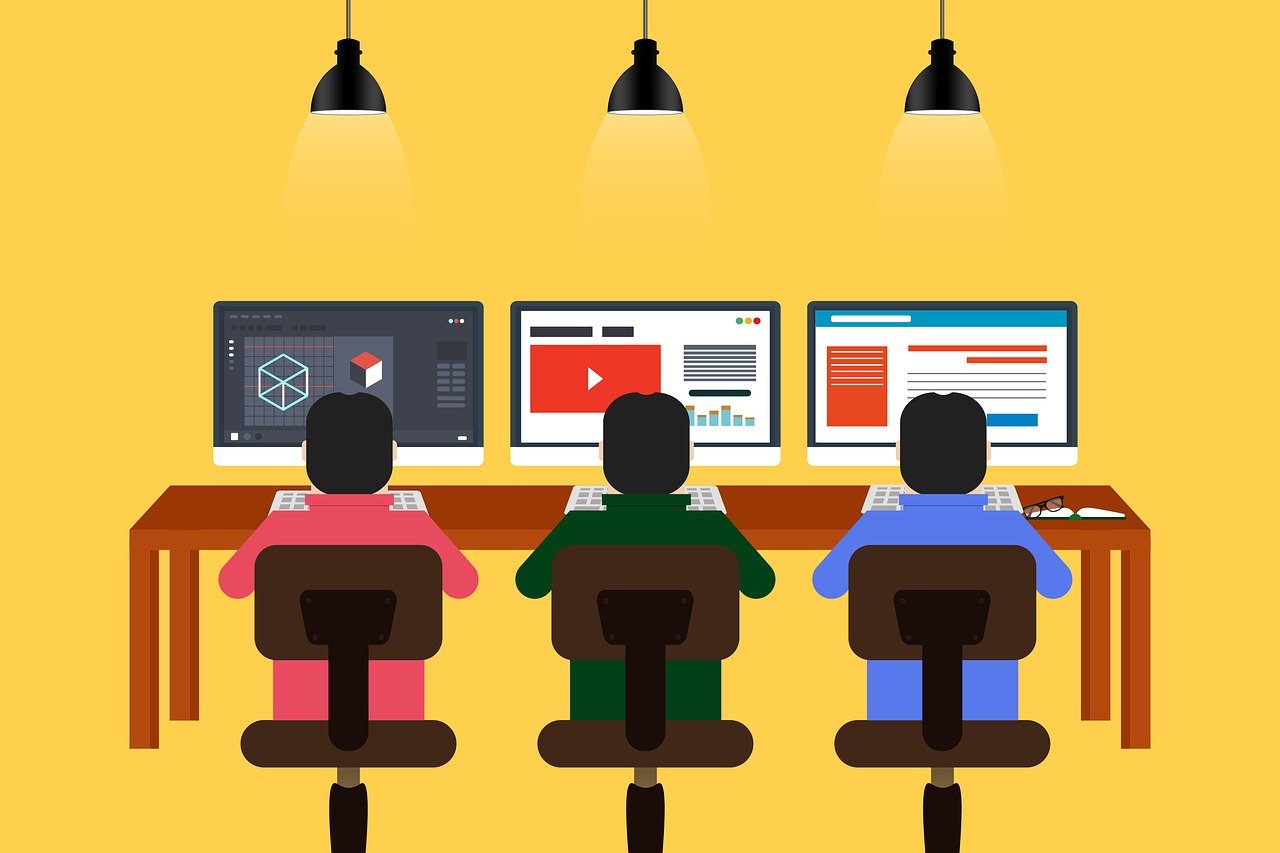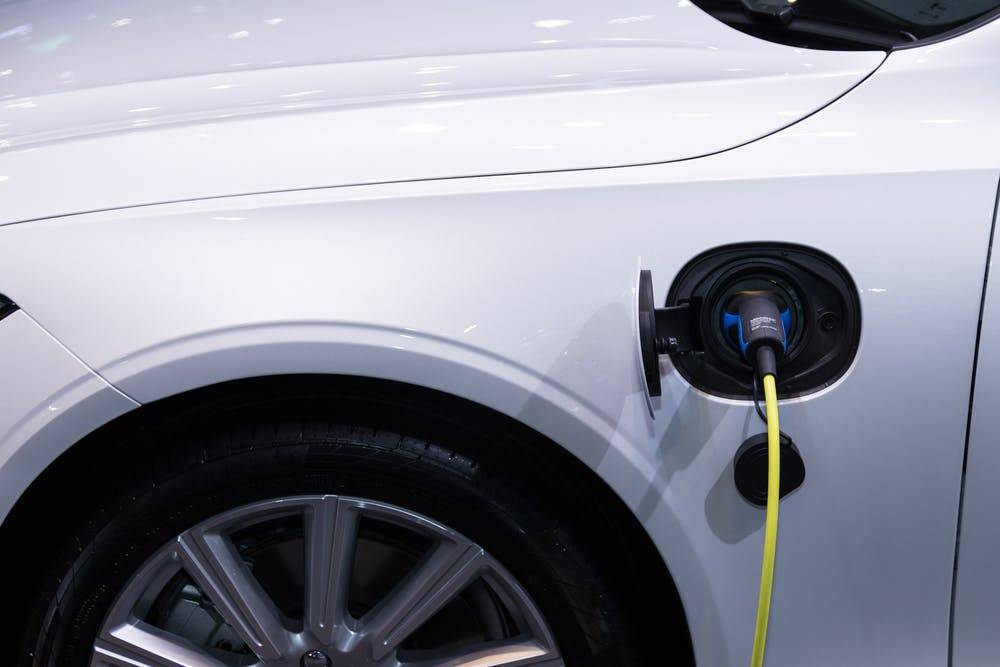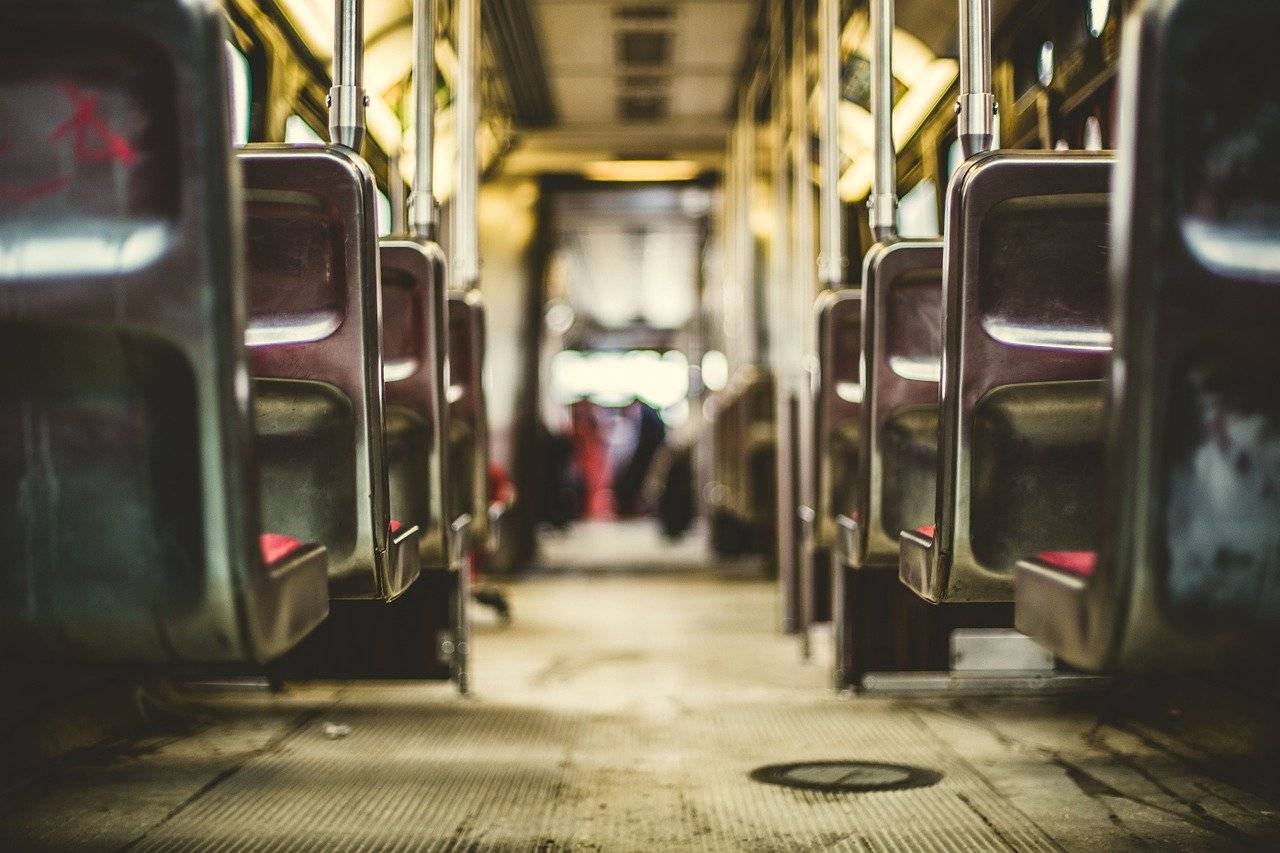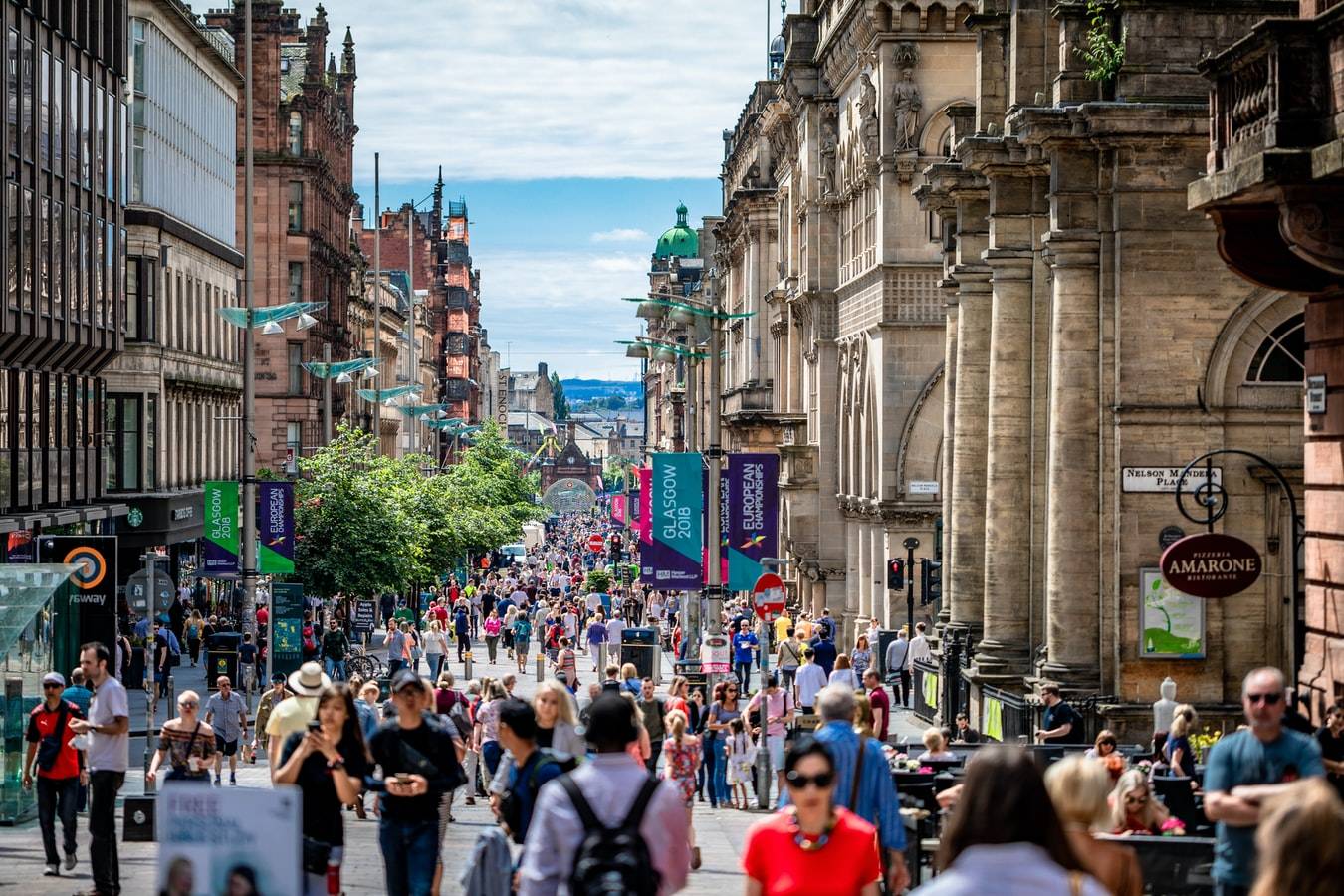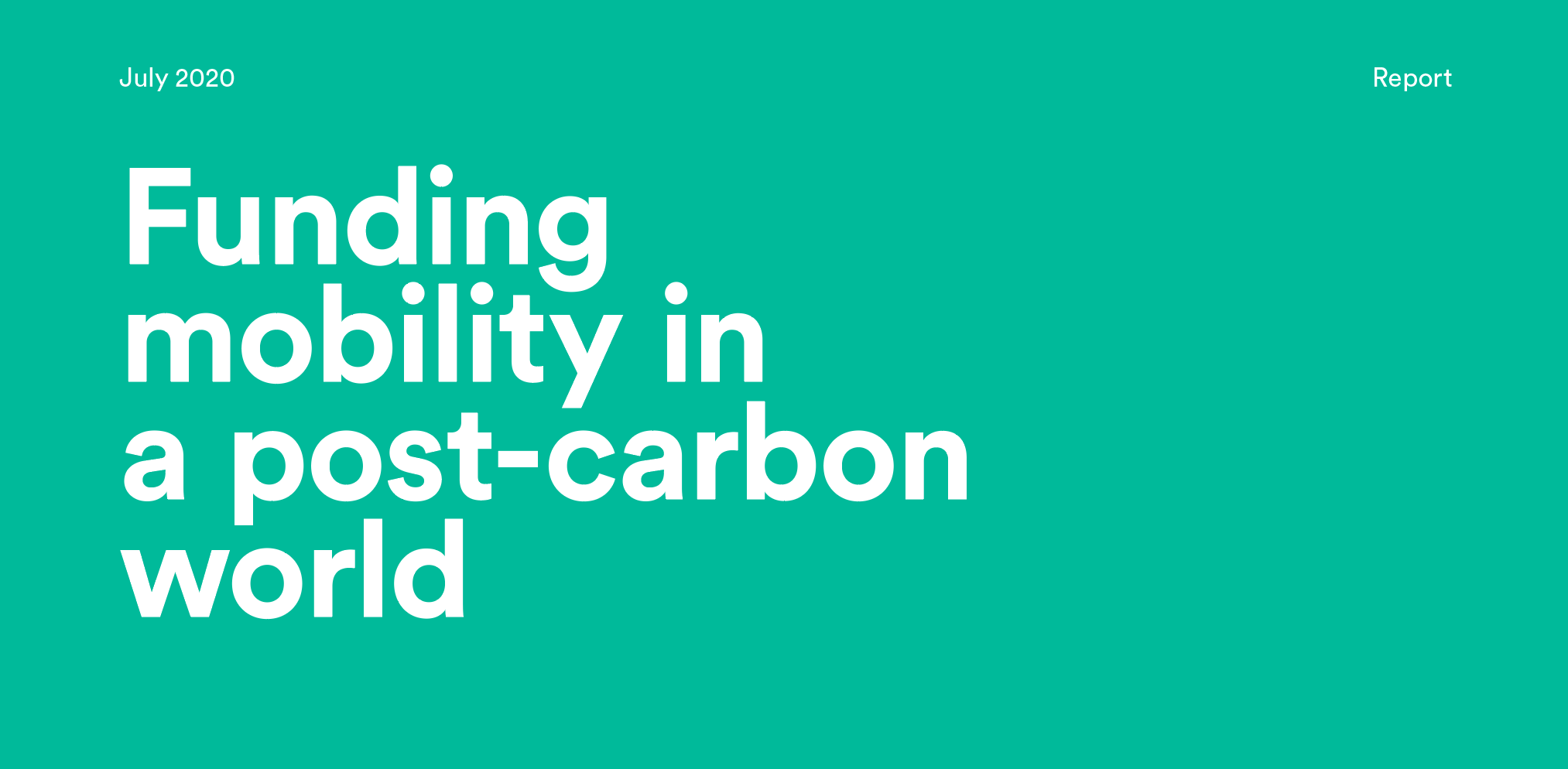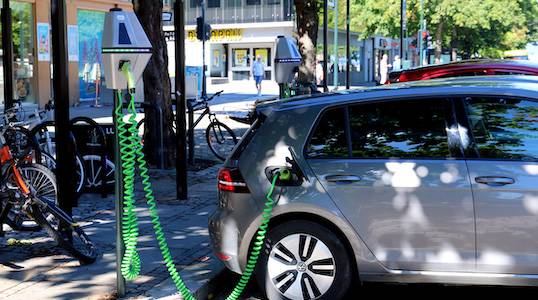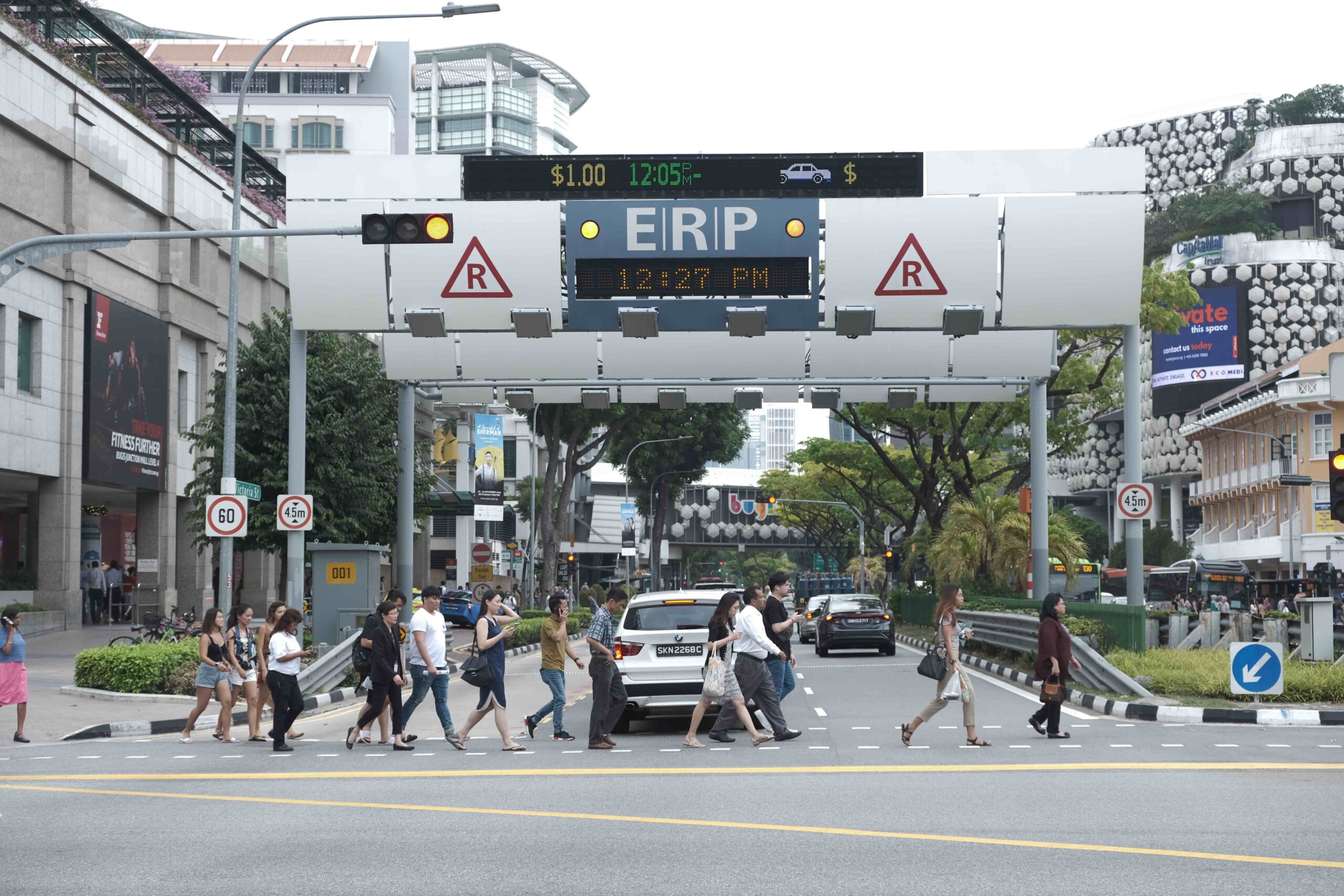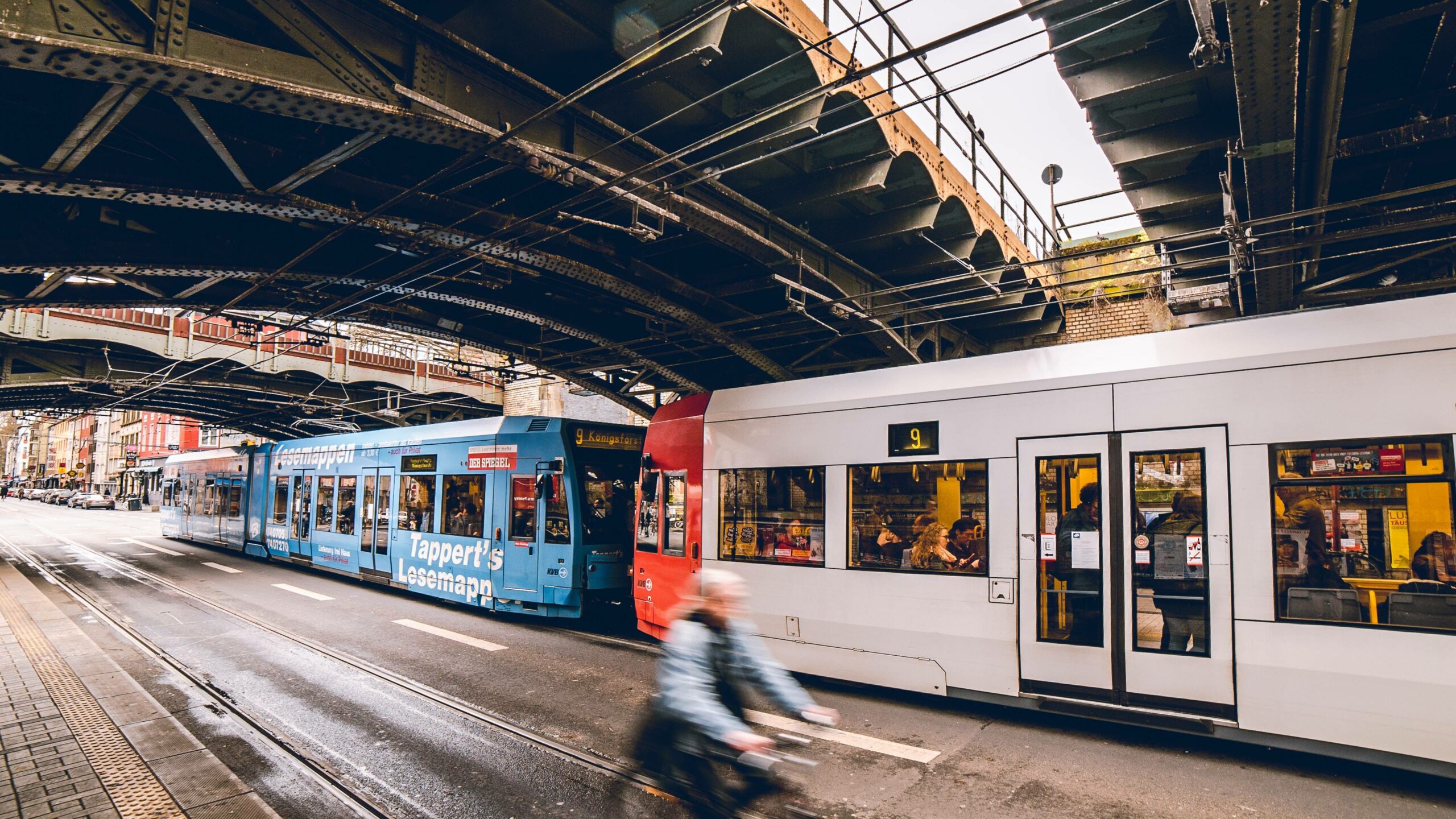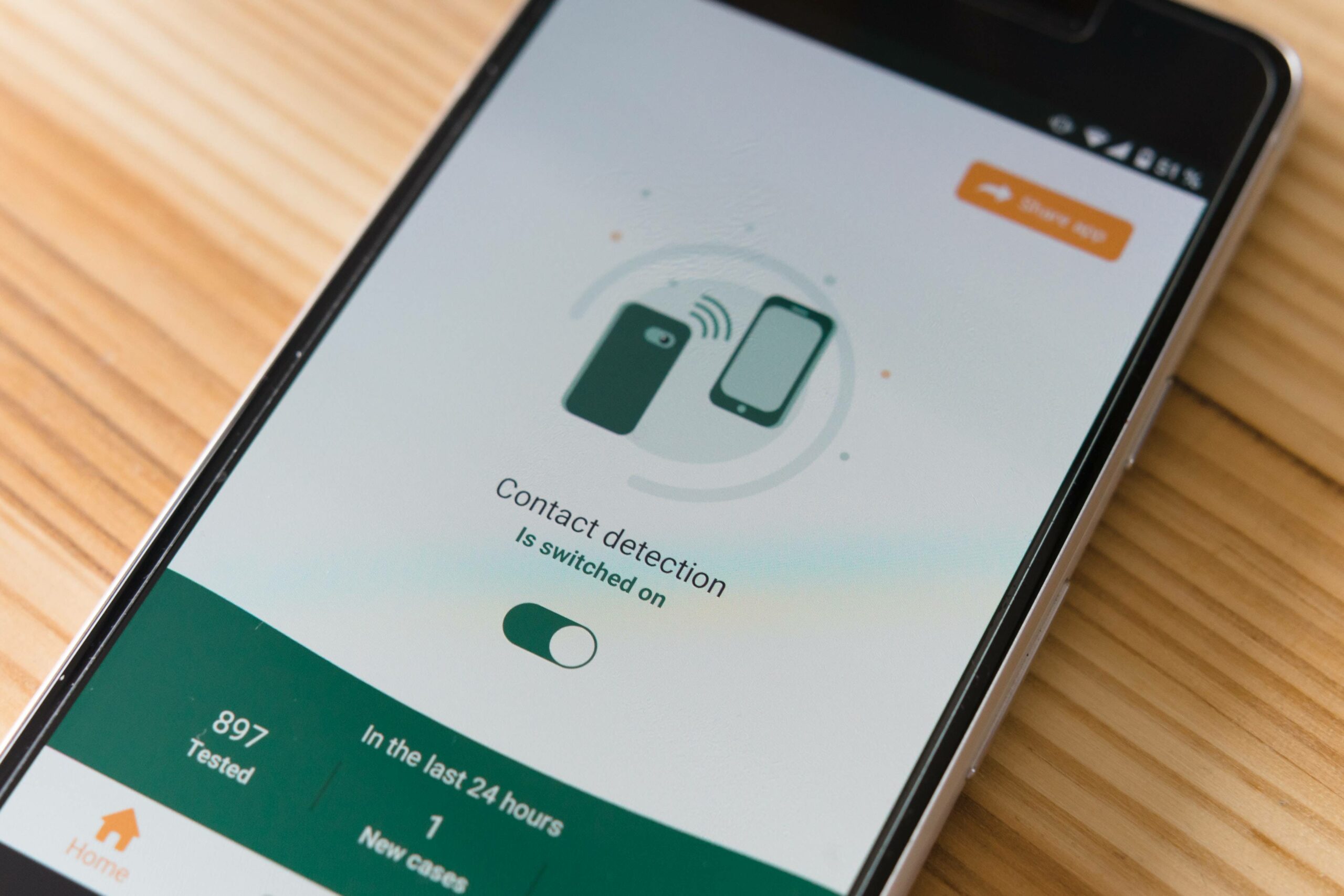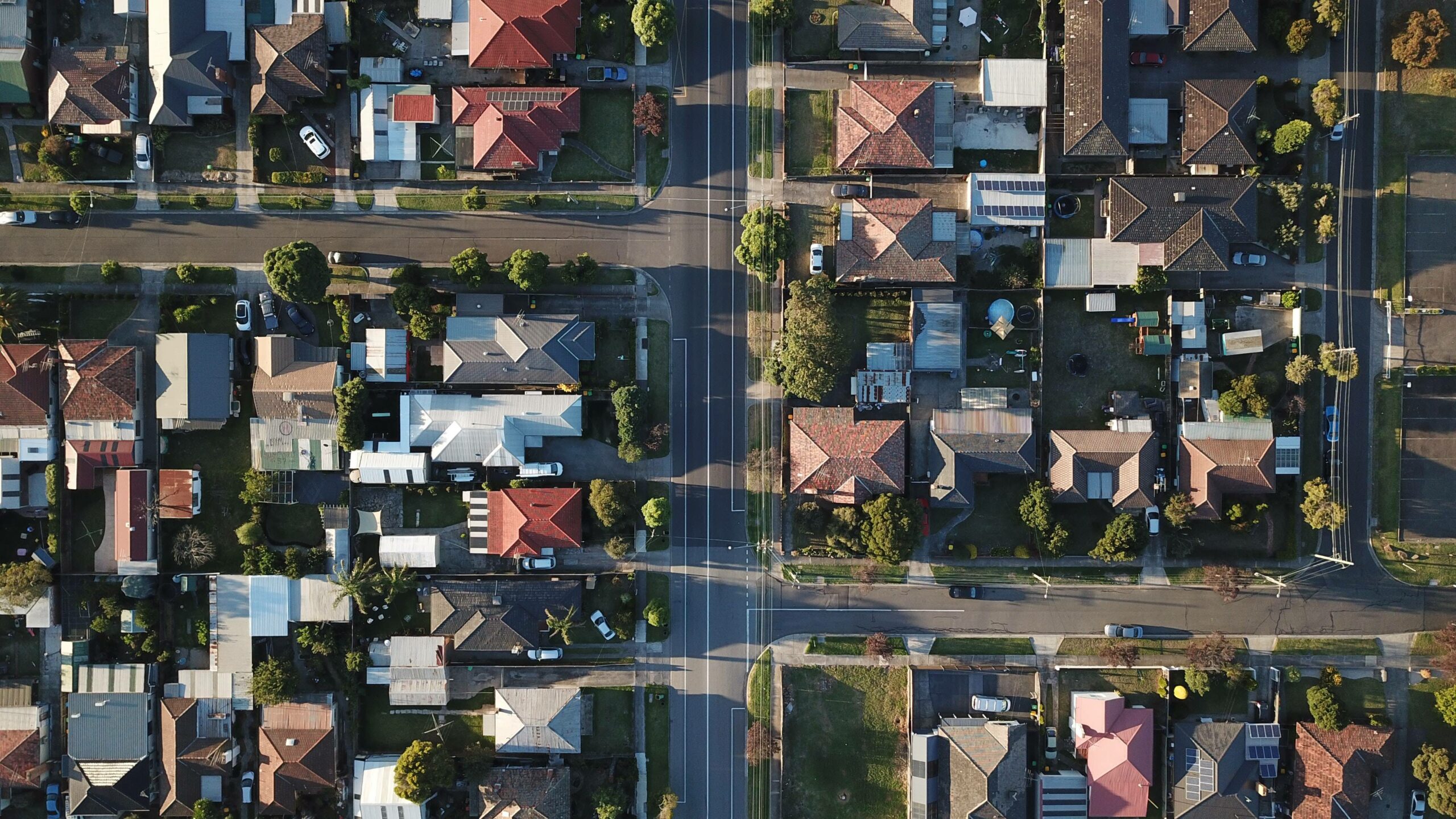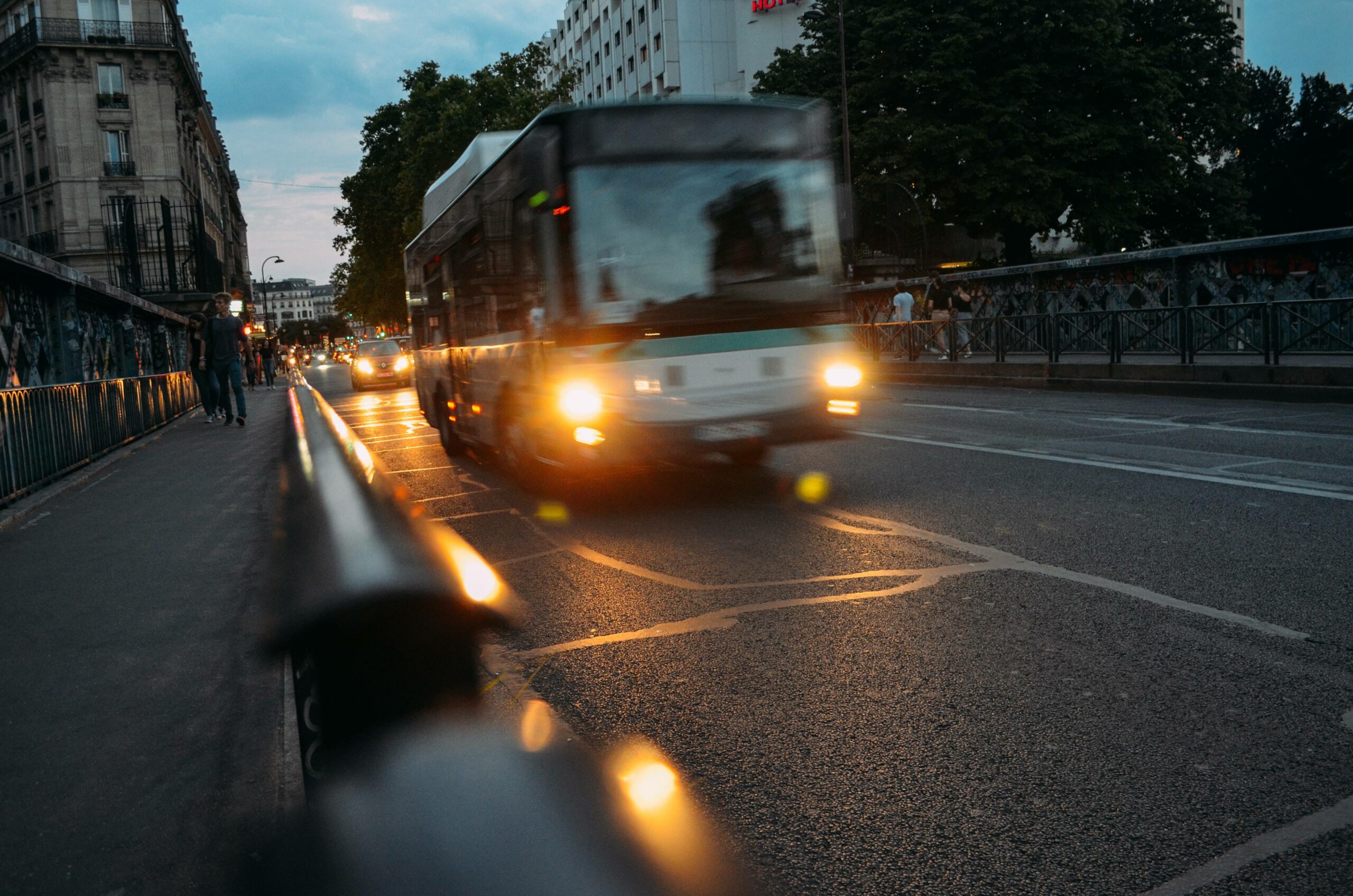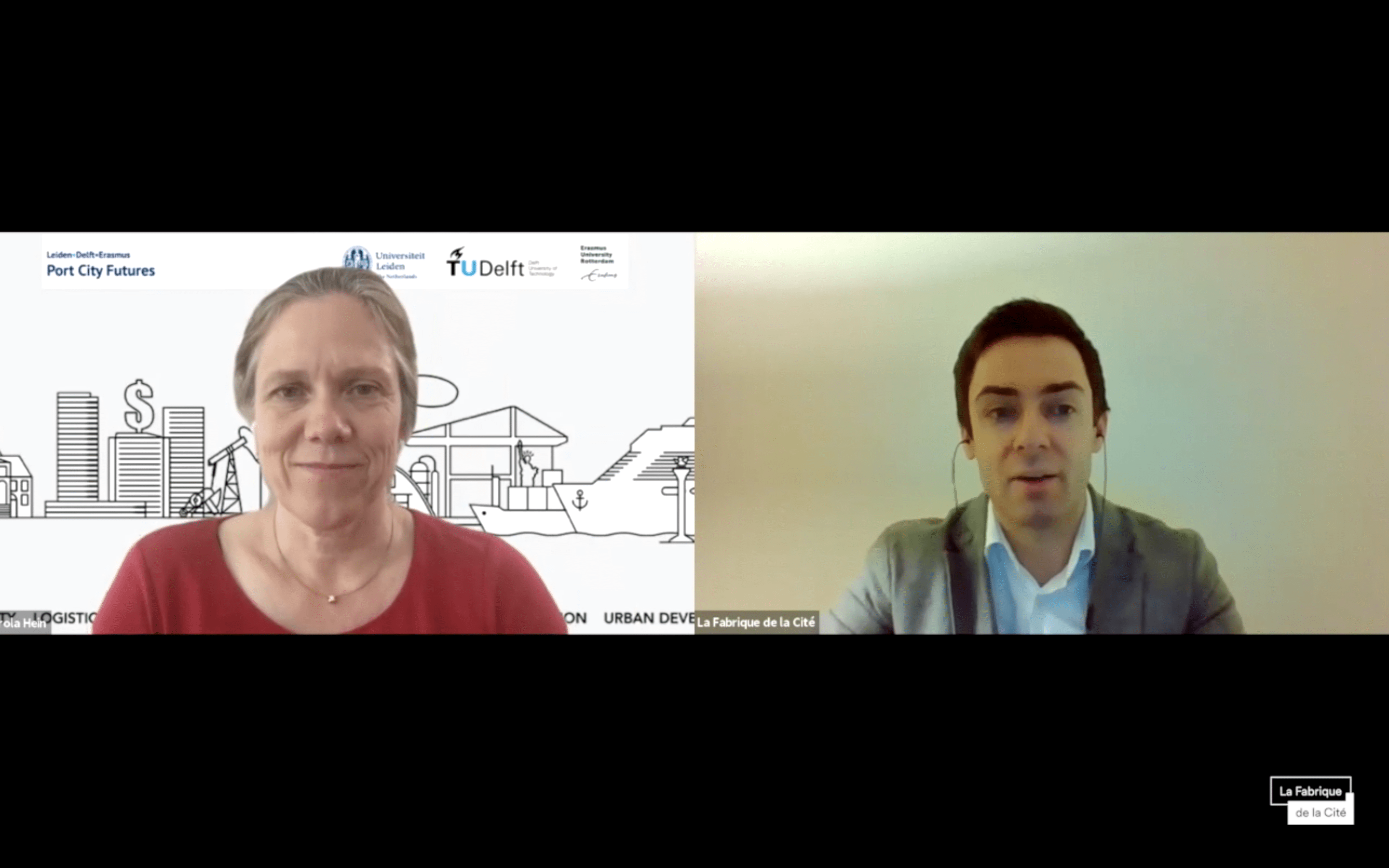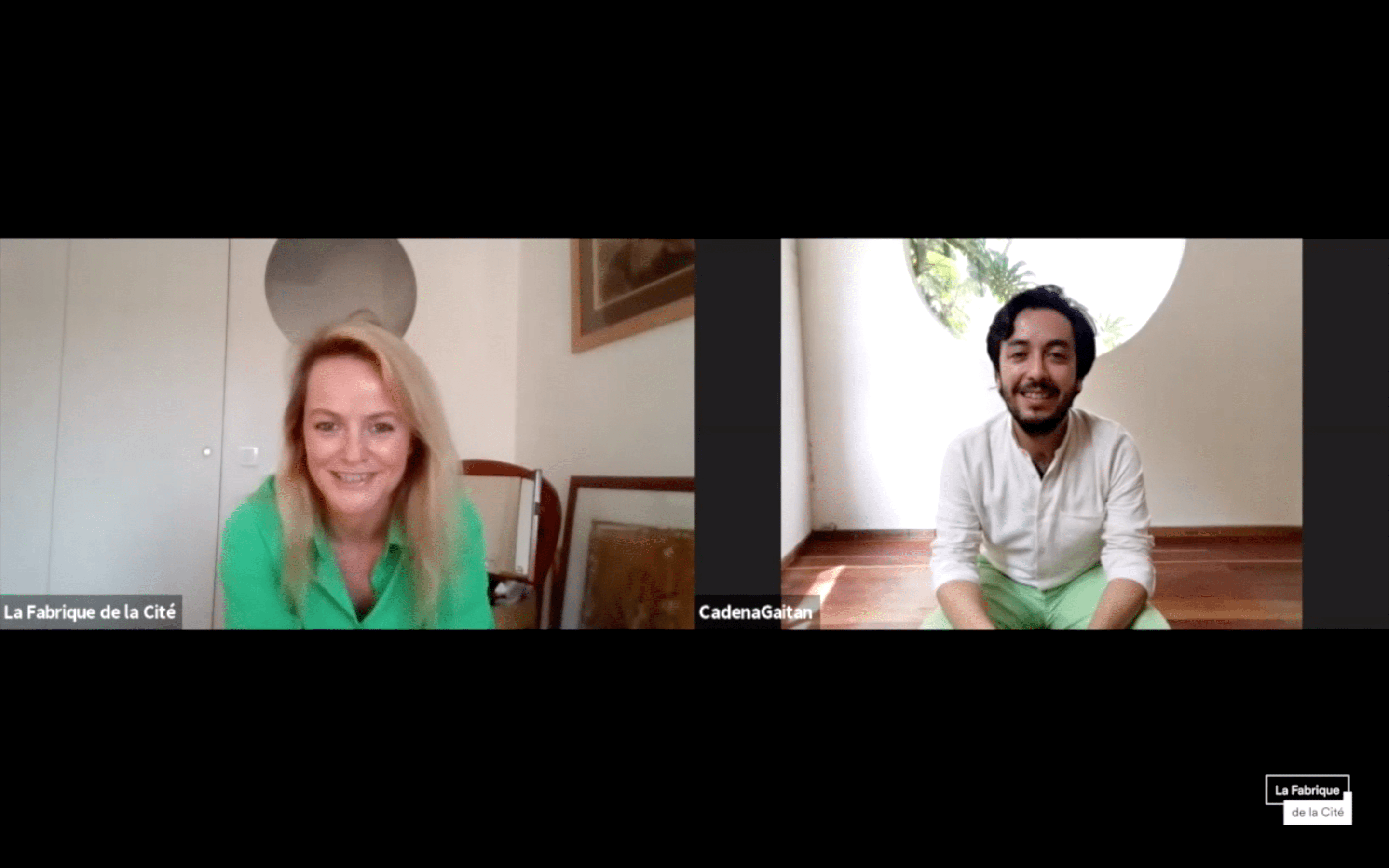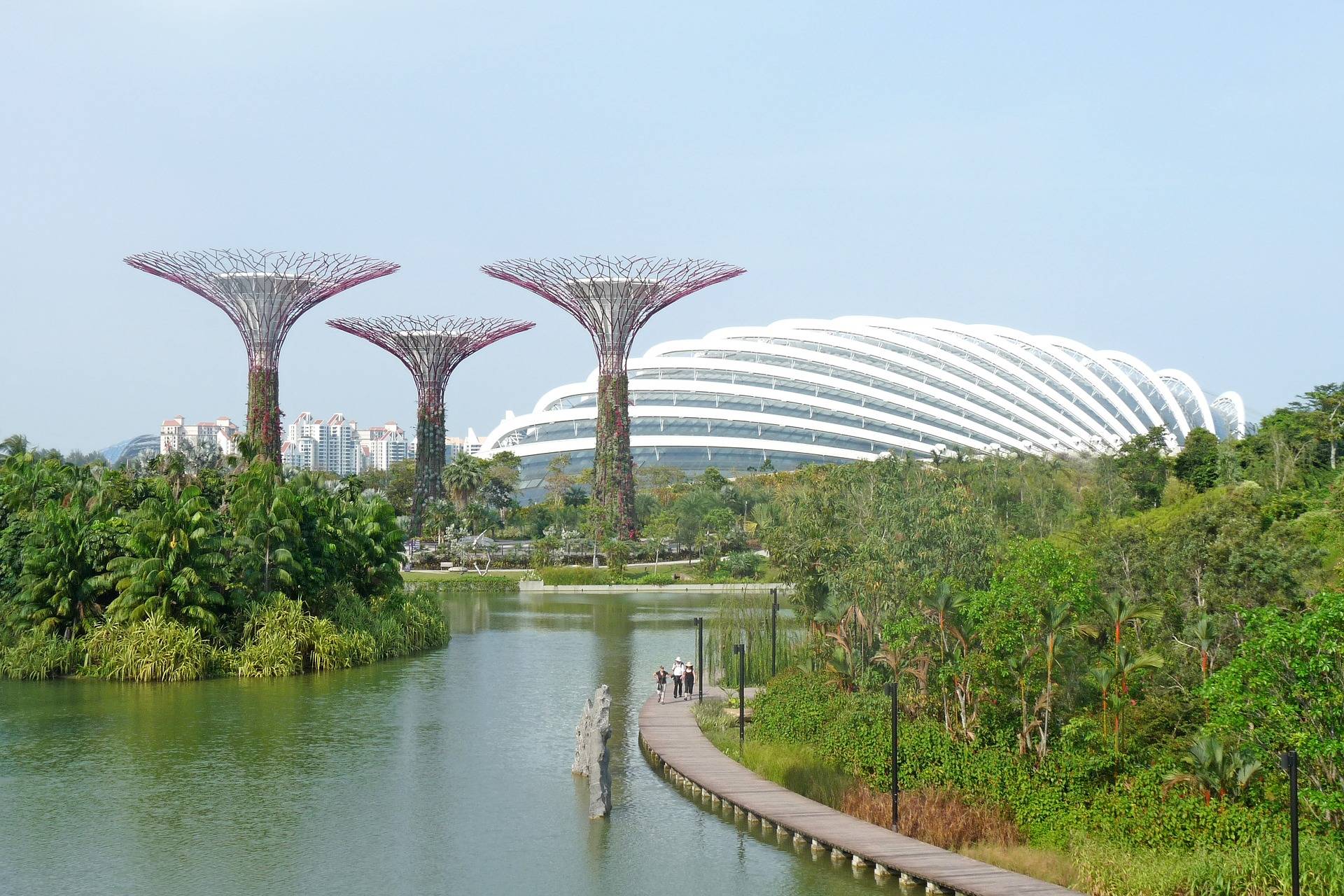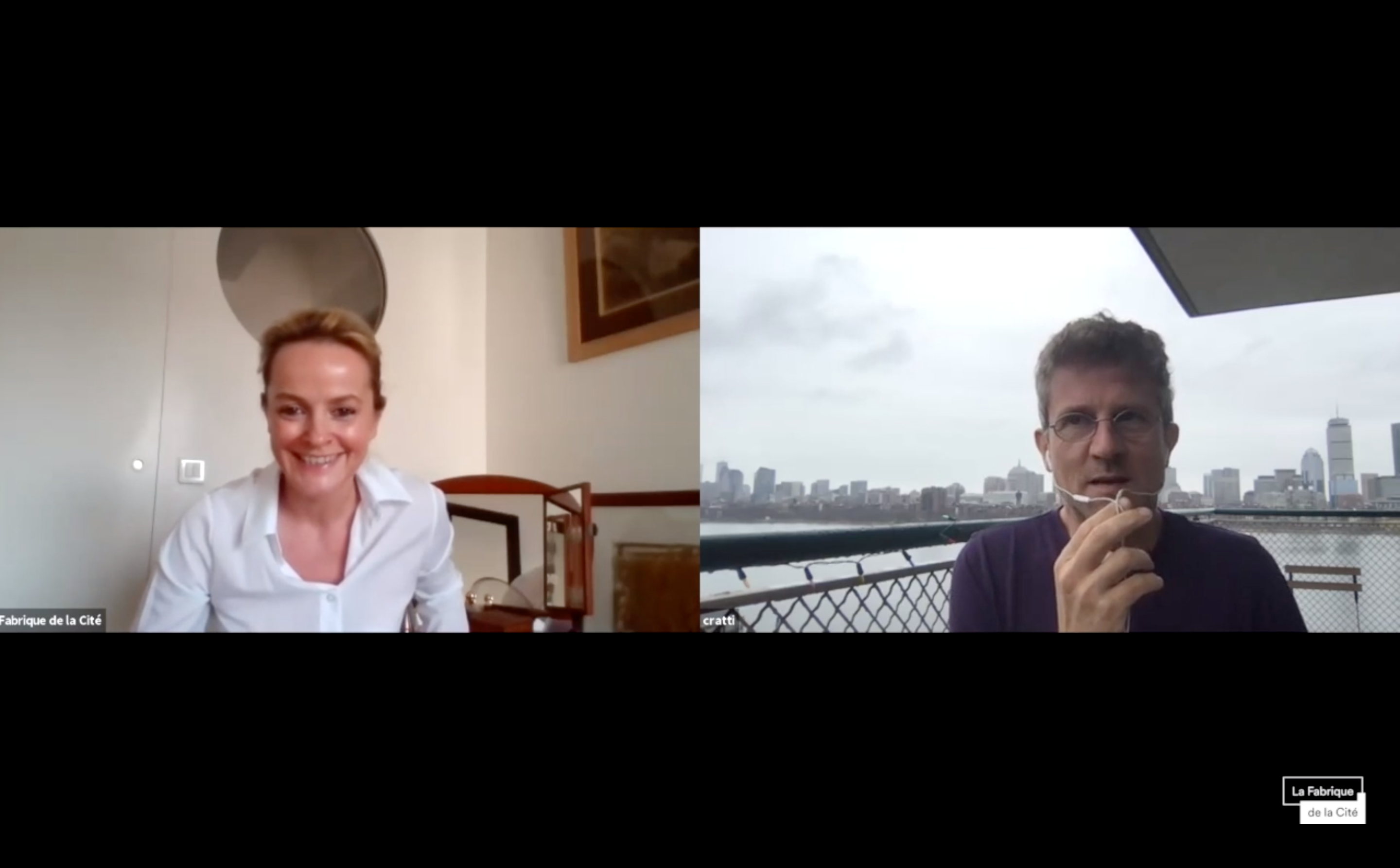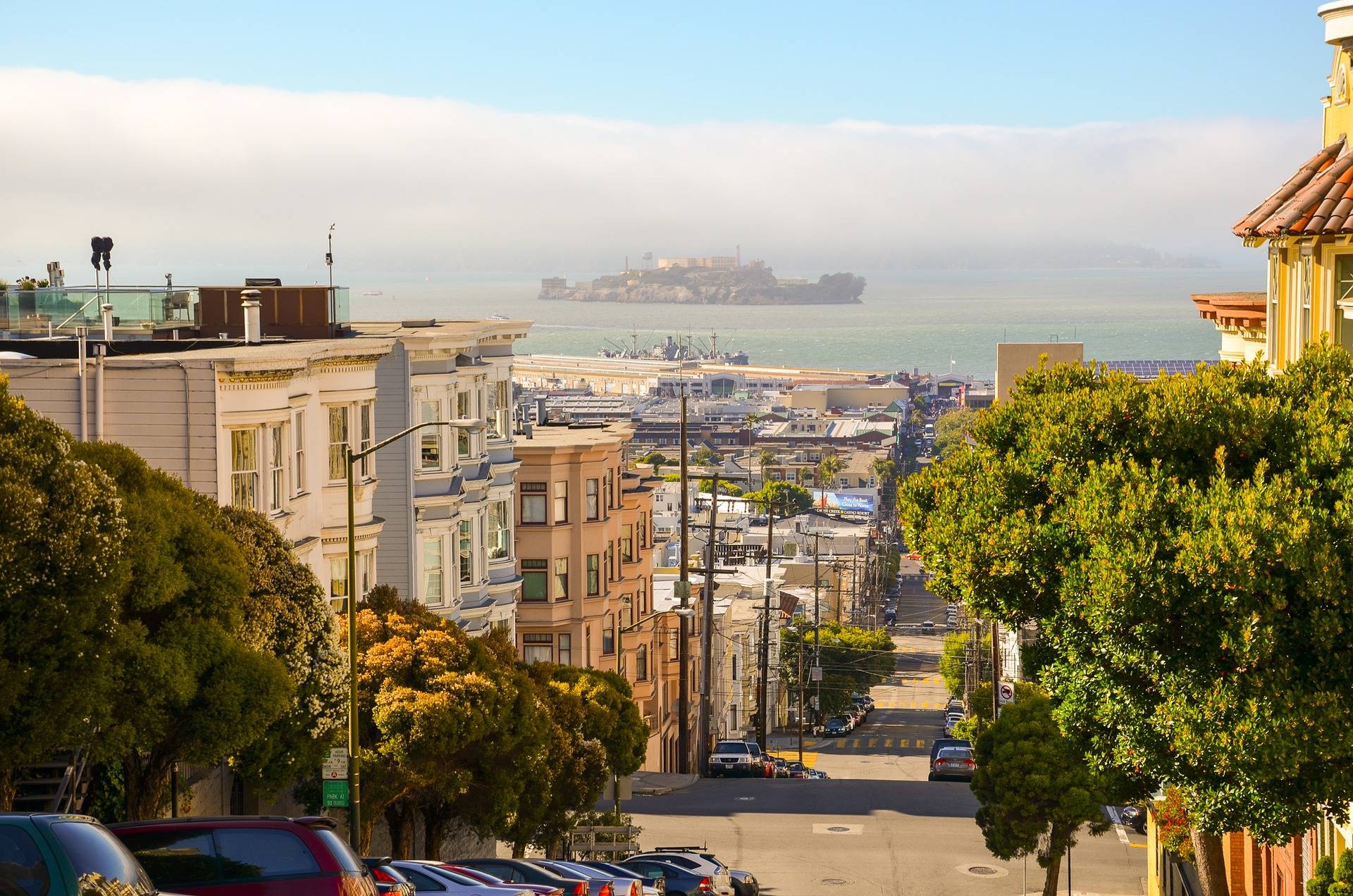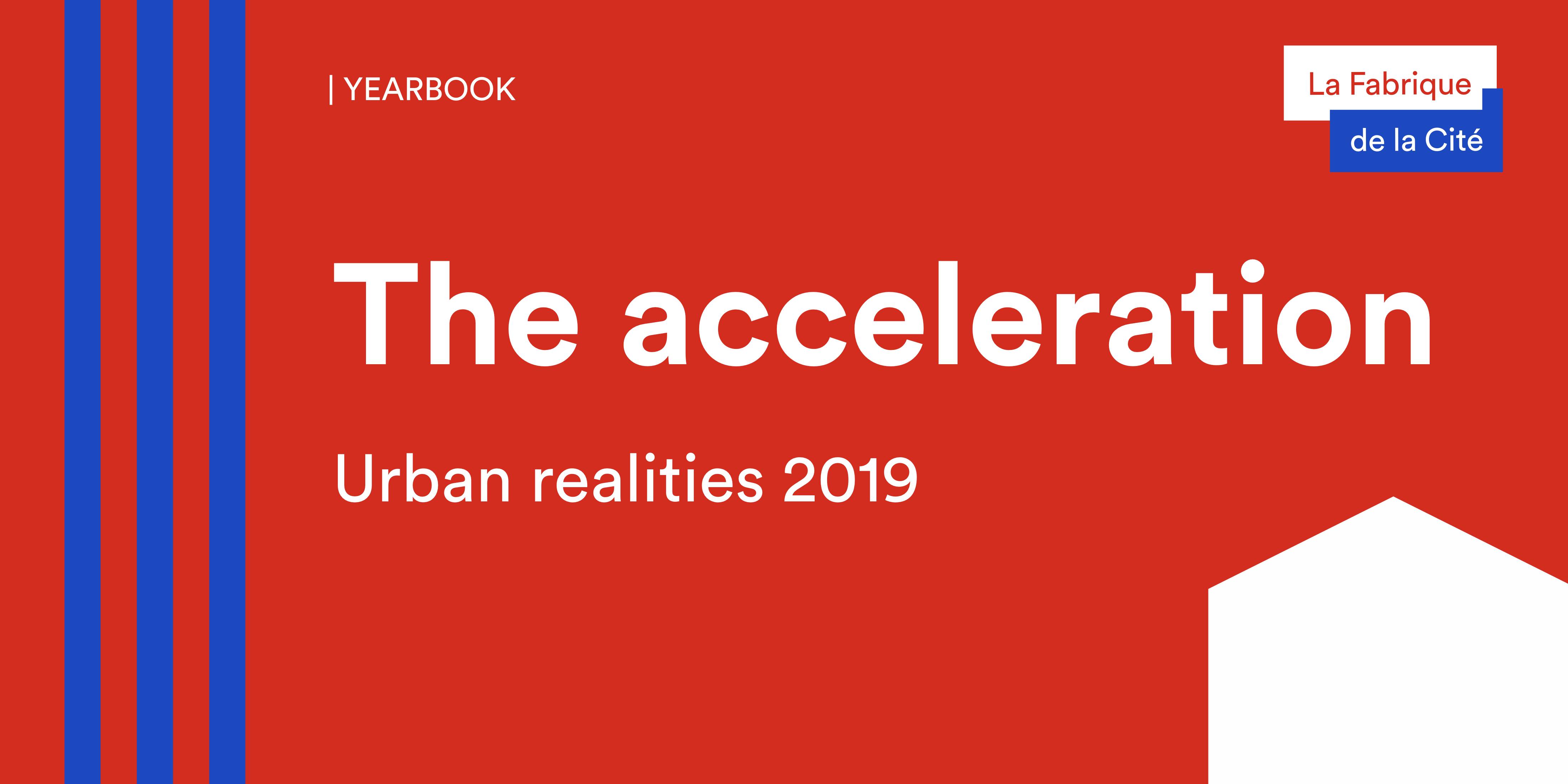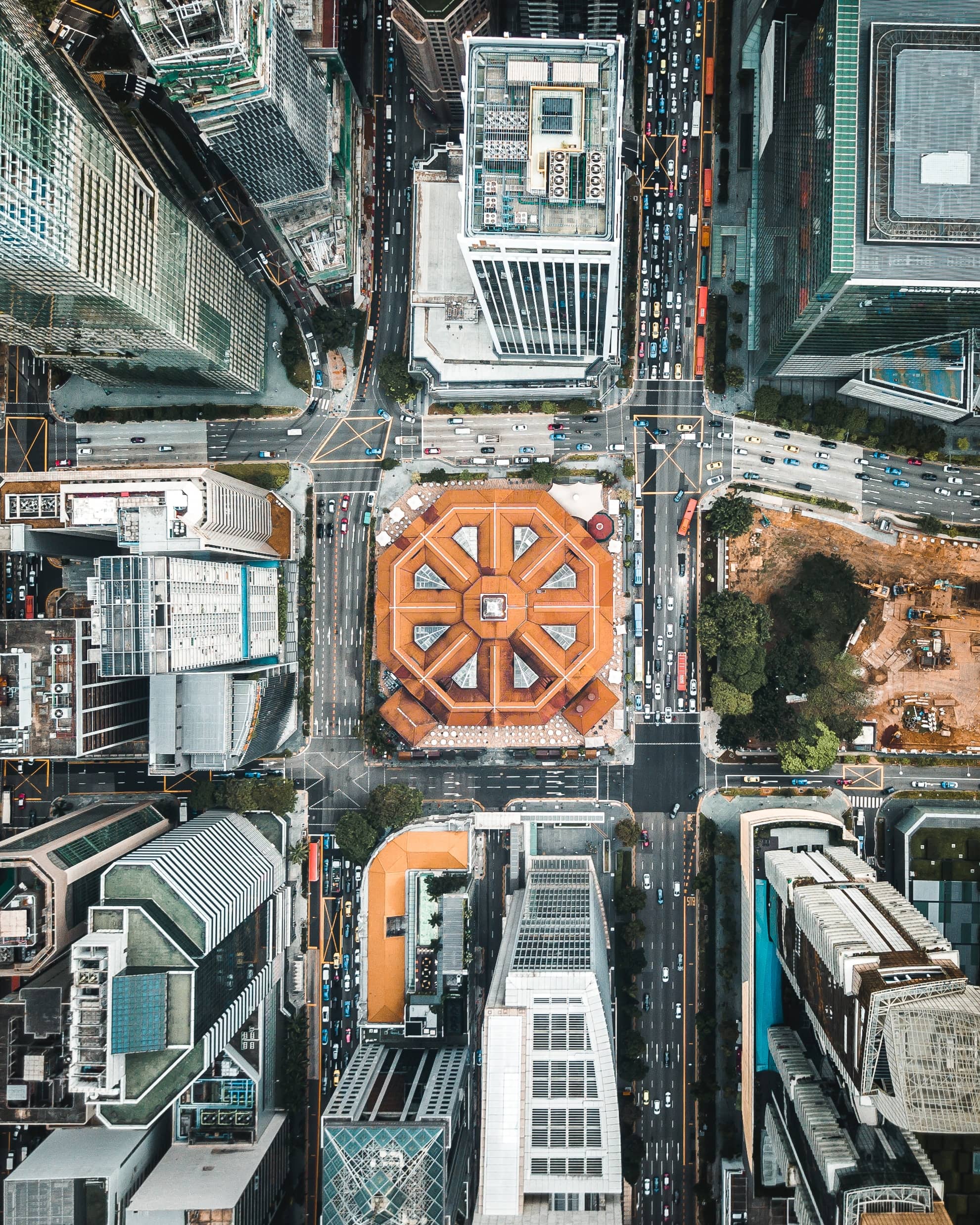

Behind the words: urban congestion
“Traffic jams at their lowest point” [1], “Eerily empty freeways: A symbol of how the coronavirus has hurt Los Angeles” [2]: for several weeks now, newspapers have been describing the void created by the COVID-19 epidemic. In cities that have become ghost towns [3], the epidemic has caused a major casualty: urban congestion.
Before lockdown measures were enacted, significant reductions in congestion were measured in cities such as Paris and San Francisco. In the Paris region, on 16 March 2020, the day before a general lockdown measure was enacted, the Sytadin road information site measured an 80% decrease in the total length of traffic jams in Île-de-France compared to a normal period. In the San Francisco Bay Area, the reduction in traffic congestion led to a 22% increase in average speed,bringing the current period closer to what is normally measured during the Thanksgiving and Christmas periods.
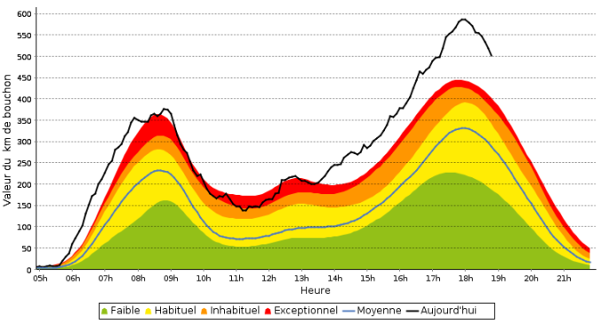
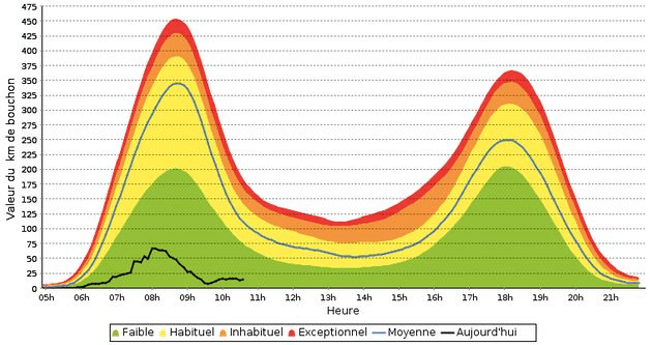
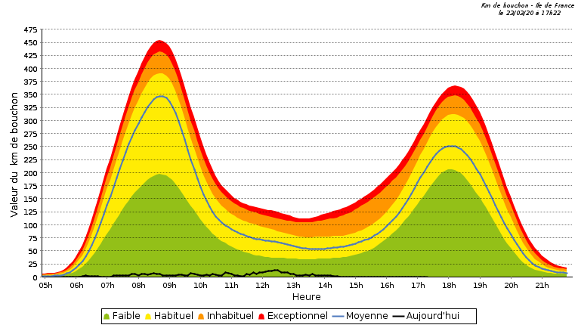
The crisis we are experiencing, which, in terms of mobility, is an exceptional situation, provides an opportunity to go back to the basics of the familiar yet little-known phenomenon of traffic jams [4]. Why and how do traffic jams form? And let us venture another question, which would have seemed incongruous only a few weeks ago: under what form will congestion will return?
Under lockdown measures, reduced mobility
One of the most visible manifestations of the current crisis is the decline of mobility. However, this is not surprising since mobility can be defined as the “space-time of activity programs” (Jean-Marc Offner) [5].
Unlike in a modal approach, focused only on the means of transport and infrastructure, mobility can be defined as a system of systems. This definition of mobility refers to the localization system(the way activities, places and equipment are arranged on the territory) and the activity system,which is specific to each person (lifestyles, practices, etc.). Under lockdown, the transportation system continues to exist, yet with reduced service, to allow for the movement of people and essential goods. The current crisis has led to a drastic reduction in the number of accessible activities and places. Lockdown strategies as well as the fear of contracting or transmitting the virus have led many people to limit their locations and activities to their home, place of study or workplace (when there are considered to be essential) and places that fulfill vital needs (supermarkets, pharmacies, hospitals, doctors, etc.).
With regard to commuting, the application of health recommendations has led some employees to eliminate their need for mobility [6] by working from home when possible. The advantage of working from home is twofold. Thanks to teleworking, people are able to work while being socially distant from other people (colleagues, clients, etc.). In other cases, because of the economic slowdown, some companies have taken the possibility of setting up partial unemploymentfor certain employees, thus eliminating a part of commuting trips. In France, on 30 March 2020, 220,000 companies and 2.2 million employees were affected by this measure. This represents around 7% of France’s total working population.
Urban congestion: quid est?
This sharp decrease in mobility is not without consequences on flows and on traffic jams. This phenomenon, while inherent to cities and experienced by a lot of people, is sometimes poorly understood.
Road congestion results when travel demand (number of cars) exceeds the capacity of a road (number of lanes and speed).This phenomenon occurs when:
- The offer (the capacity of an infrastructure) decreases to the point where demand is in surplus.This type of episode occurs, for example, when a lane is closed because of road works or when there is an accident. This phenomenon is also known as “supply congestion”.
- The demand (the number of cars) increases to the point where it exceeds the capacity of a lane.This type of congestion is most common and occurs particularly during peak hours and during major holiday departures, when an important number of people want to travel at the same time. This phenomenon is known as “demand congestion”.
Traffic congestion has serious environmental(CO2emissions), economic(time lost in traffic jams, wear and tear of the road, etc.), and health(noise, fine-particle emissions, etc.) consequences for cities.
We are currently witnessing the disappearance of traffic congestion and of these consequences. Although exceptional in scale, this phenomenon is not illogical. Indeed, containment measures as well as the fear of transmitting or contracting the virus have acted as strong injunctions to reduce or even eliminate, when possible, the need for travel. In other words, containment forced a large part of the population to engage in “demobility” behaviors.This injunction is responsible for the sharp decrease in travel demand and for the disappearance of traffic jams. Should we be pleased by the disappearance of traffic congestion? By no means.
Indeed, despite its negative externalities, urban congestion is a sign of the attractiveness and, as paradoxical as it may seem, of the dynamism of cities [7]. The disappearance of congestion reveals important economic and social problems.
Indeed, the current phenomenon of reduced traffic congestion is closely linked to the slowdown, or even decline of the economy that can be observed at the global level. Although it is commonly perceived as a harmful phenomenon for the attractiveness of territories, traffic congestion is in fact the direct expression of this economic attractiveness. In the United States, the decline of Detroit [8], the former automobile capital, has had several consequences, including on traffic congestion. Firstly, the decline led to a reduction of nearly 55% of the population within a few decades [9]; secondly, the economic situation led the unemployment rate to rise to almost 30% in 2009. However, this critical situation has had the effect of reducing congestion. The COVID-19 epidemic has led to a relatively similar situation, as travel reduction orders and containment strategies limit economic exchanges.
The reduction of traffic congestion we are witnessing is therefore also a consequence of this economic slowdown. This situation has strong social consequences, among which unemployment, increased poverty, etc. The effect of these consequences can be far more immediate and harmful than those of traffic congestion.
Thinking about tomorrow: the challenge of recovery
Let us hope that the situation returns to normal and that restrictions on mobility are reduced. But let us be sure of one thing: traffic congestion will return as the number of accessible activities and locations increases. However, this return of traffic jams means that the potentially negative effects of the containment measures (social isolation, anxiety, etc.) will be close to an end. However, this does not mean that societies should not act to stem the growth of urban congestion. Indeed, congestion remains a phenomenon that cities will try to curb after this crisis.

The consequences of the COVID-19 epidemic on mobility are proof that acting on localization, activity and transportation systems generates strong transformations of our mobility and consequently strong effects on urban congestion. In other words, it is possible to reduce traffic jams by acting on two central notions: travel offer and demand. In the medium and long run, reducing congestion involves promoting alternatives to the car (public transport, cycling, walking, etc.) and acting on demand, particularly through strong reflection on urban planning and the location of activities. This reflection cannot be successful without an action on the price signal for car mobility. Indeed, as Anthony Downs, a former expert at the Brooking Institution, stated in 1992, car flows automatically adjust to demand through what Downs called the “triple convergence”.
For Downs, the only way to stop this triple convergence is to set a price on mobility through a user charge (e.g. tolls). In this way, it is then possible to avoid the automatic adjustments of flows and to maintain fluidity of traffic, thus coping with road congestion.
The issue today is not whether mobility will start up again, and the traffic jams with it, but rather how it will start up again. In recent weeks, health recommendations have been followed by a reduction in the supply of transport that is incompatible with the social distancing injunction. These measures include a reduction in public transport supply [10](reduction in frequency, line closures, etc.) and the withdrawal of free-floating shared modes [11] (scooters, bicycles, etc.). However, how can these transportation means accompany the return to normal once lockdown or containment measures are lifted?
This issue is essential: without an offer capable of meeting travel demand, flows will shift to other solutions, including the car.Therefore, the presence of an alternative transport offer to the car when the restrictions on mobility are eased is essential to prevent the formation of even greater traffic jams than in the past.
[1] Redaction, Coronavirus. Les bouchons au plus bas en Île-de-France, Actu.fr, 17 March 2020. (URL: https://actu.fr/societe/coronavirus/coronavirus-bouchons-plus-bas-ile-france_32314208.html).
[2] Laura J. Nelson, Eerily empty freeways: A symbol of how the coronavirus has hurt Los Angeles, Los Angeles Times, 15 March 2020. (URL: https://www.latimes.com/california/story/2020-03-15/coronavirus-covid-19-traffic-commuting-los-angeles-405-freeway).
[3] Le Monde, De New York à Bangkok, le coronavirus transforme les métropoles du monde entier en villes fantômes, Le Monde, 23 March 2020. (URL: https://www.lemonde.fr/international/article/2020/03/23/de-new-york-a-bangkok-le-coronavirus-transforme-les-metropoles-du-monde-entier-en-villes-fantomes_6034159_3210.html).
[4] La Fabrique de la Cité, Repenser les mobilités du quotidien – Jean-Marc Offner, A’Urba, Interview with Jean-Marc Offner, 2017.
[5] General Director of the urban planning agency of Bordeaux Metropolis (A’urba).
[6] Laura Foglia, Guide pour une mobilité quotidienne bas carbone, The Shift Project, February 2020. (URL: https://theshiftproject.org/wp-content/uploads/2020/02/2020-02-04_Guide-pour-une-mobilité-quotidienne-bas-carbone-WEB.pdf).
[7] John Norquist, The Case for Congestion, CityLab, 15 December 2011. (URL: https://www.citylab.com/transportation/2011/12/case-congestion/717/).
[8] Richard Wolff, Detroit’s decline is a distinctively capitalist failure, The Guardian, 23 July 2013. (URL: https://www.theguardian.com/commentisfree/2013/jul/23/detroit-decline-distinctively-capitalist-failure).
[9] Paul Harris, How Detroit, the Motor City, turned into a ghost town, The Guardian, 1stNovember 2009. (URL: https://www.theguardian.com/world/2009/nov/01/detroit-michigan-economy-recession-unemployment).
[10] Le Monde with AFP, Coronavirus : trafic SNCF et RATP fortement réduit pour limiter les déplacements non essentiels, Le Monde, 25 March 2020. (URL : https://www.lemonde.fr/sante/article/2020/03/25/coronavirus-trafic-sncf-et-ratp-fortement-reduit-pour-limiter-les-deplacements-non-essentiels_6034389_1651302.html).
[11] David Charpentier, Coronavirus : trottinettes et vélos en libre service désertent Paris, Le Parisien, 18 March2020. (URL: http://www.leparisien.fr/info-paris-ile-de-france-oise/transports/coronavirus-trotinettes-et-velos-en-libre-service-desertent-paris-18-03-2020-8283048.php).
These other publications may also be of interest to you:
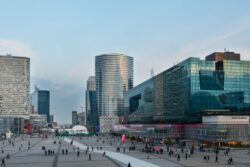
Death and life of CBD
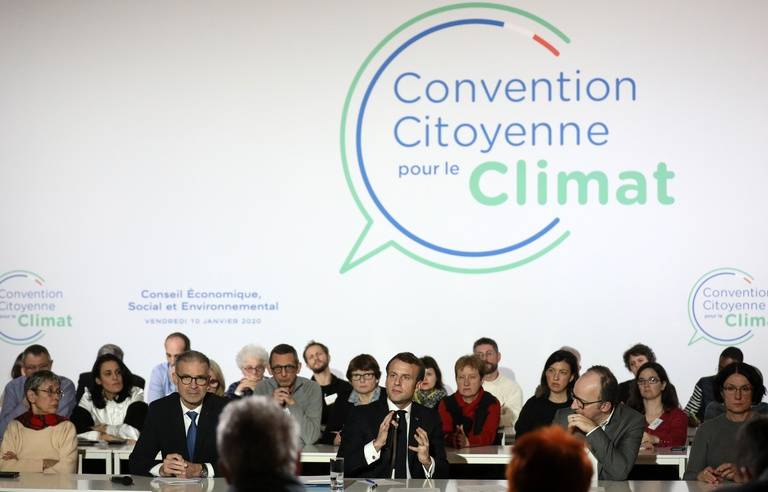
Is resilience useful?
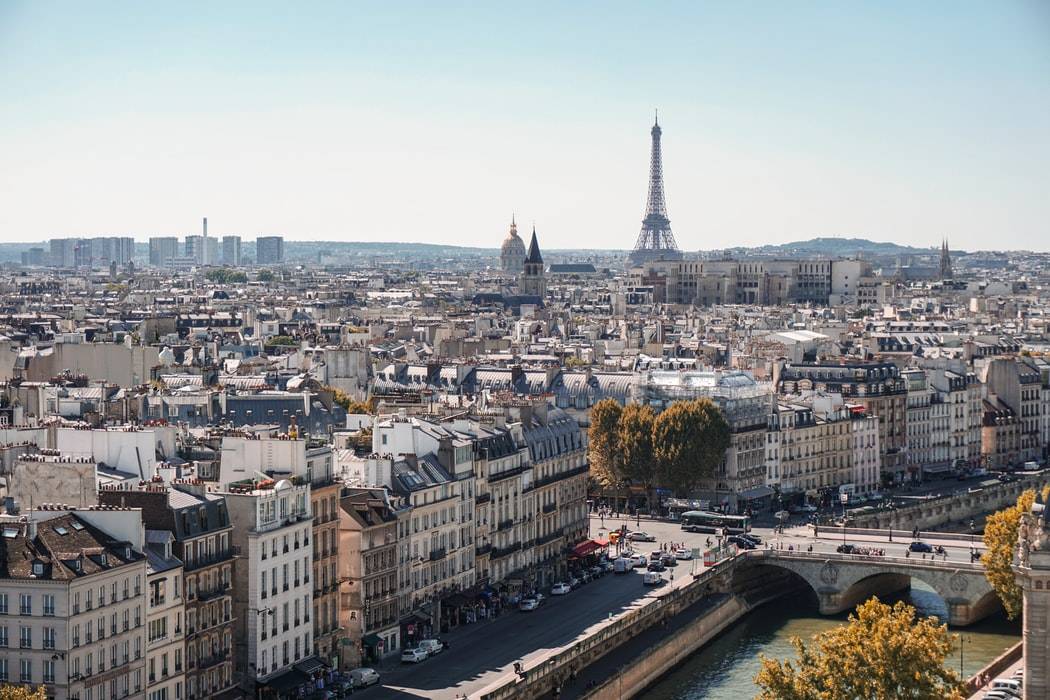
Long live urban density!
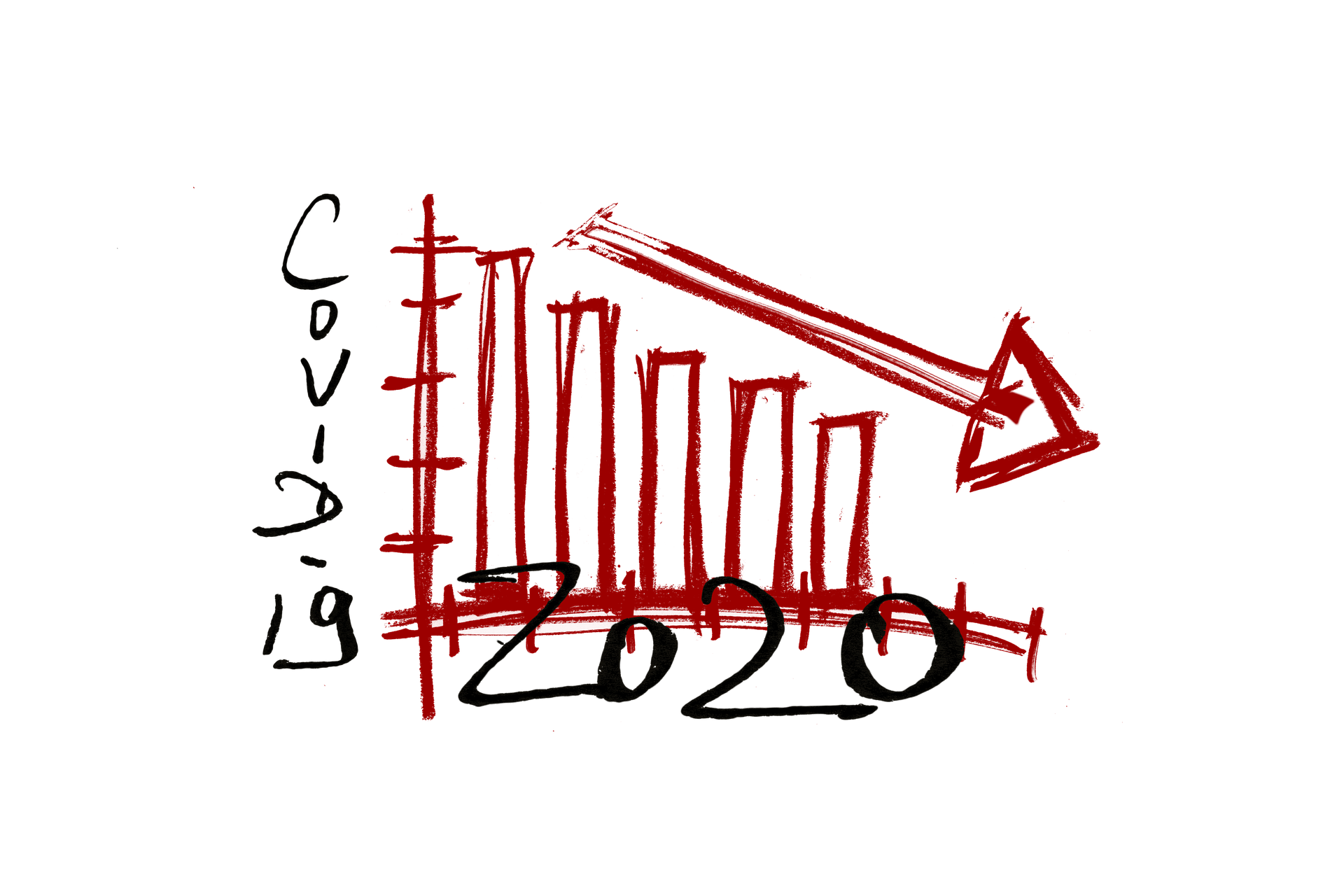
Behind the words: Recovery
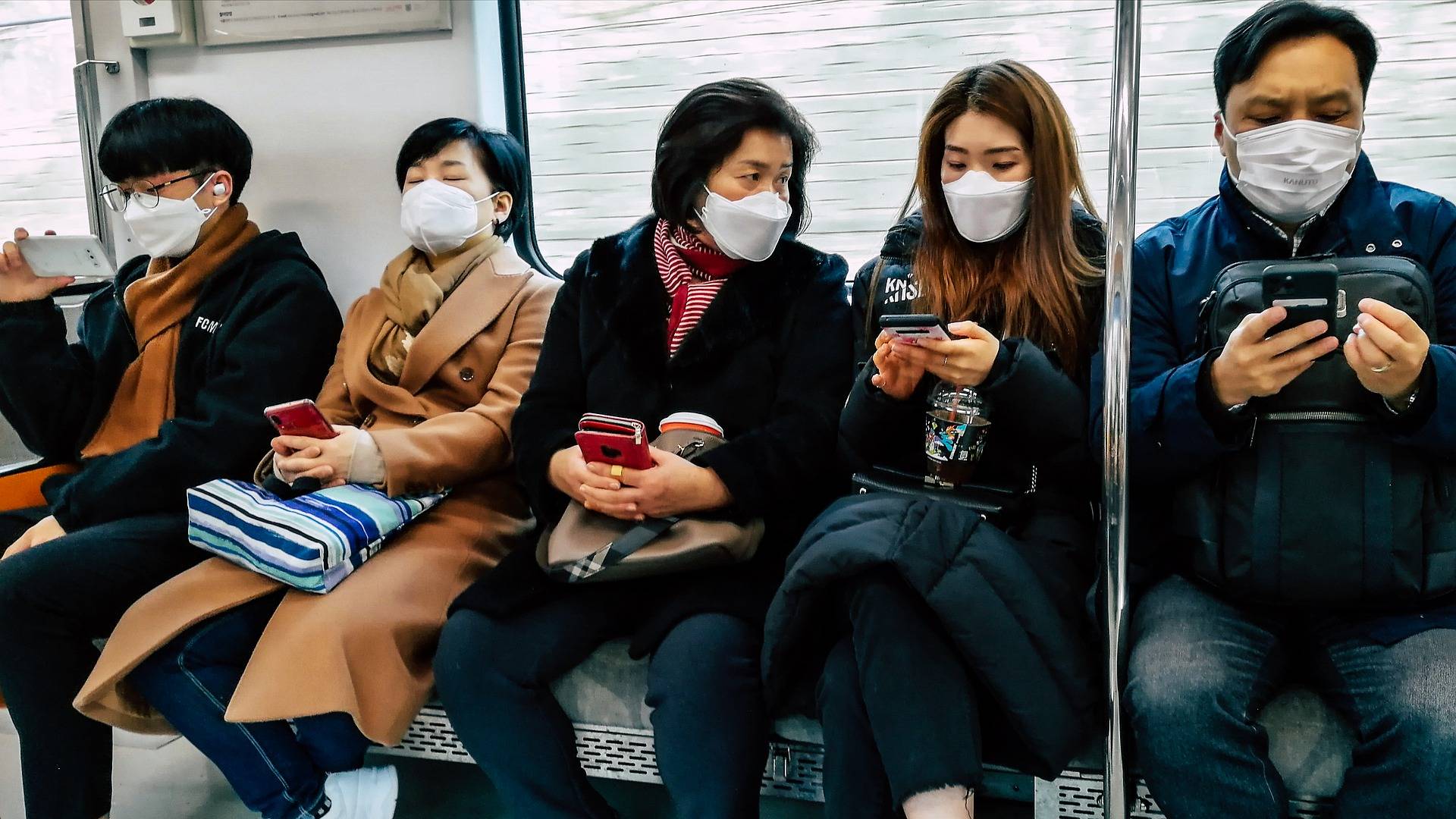
Sending out an SOS
The ideal culprit
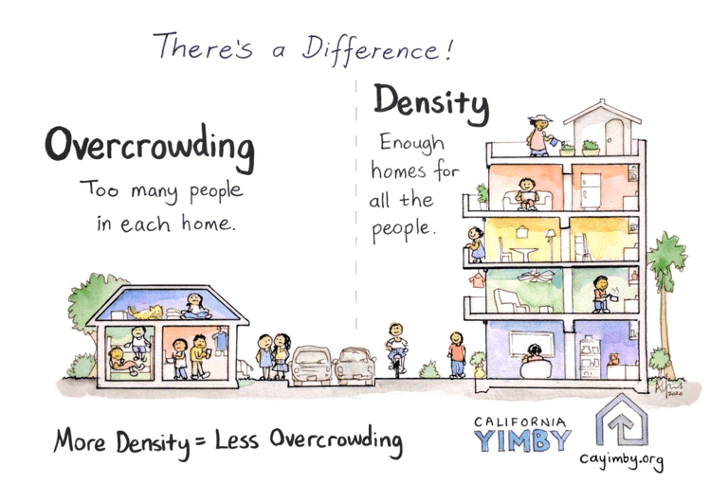
Behind the words: density

Behind the words: telecommuting

Behind the words: food security
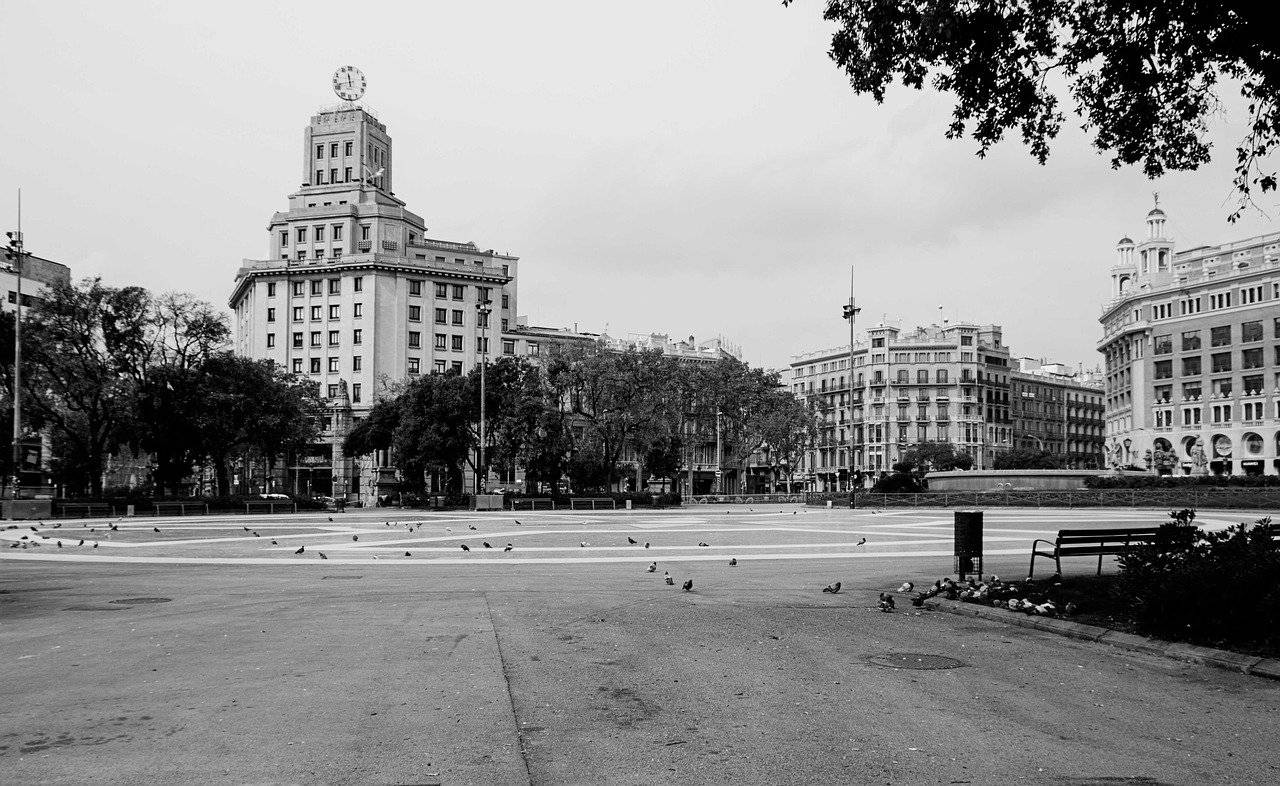
180° Turn
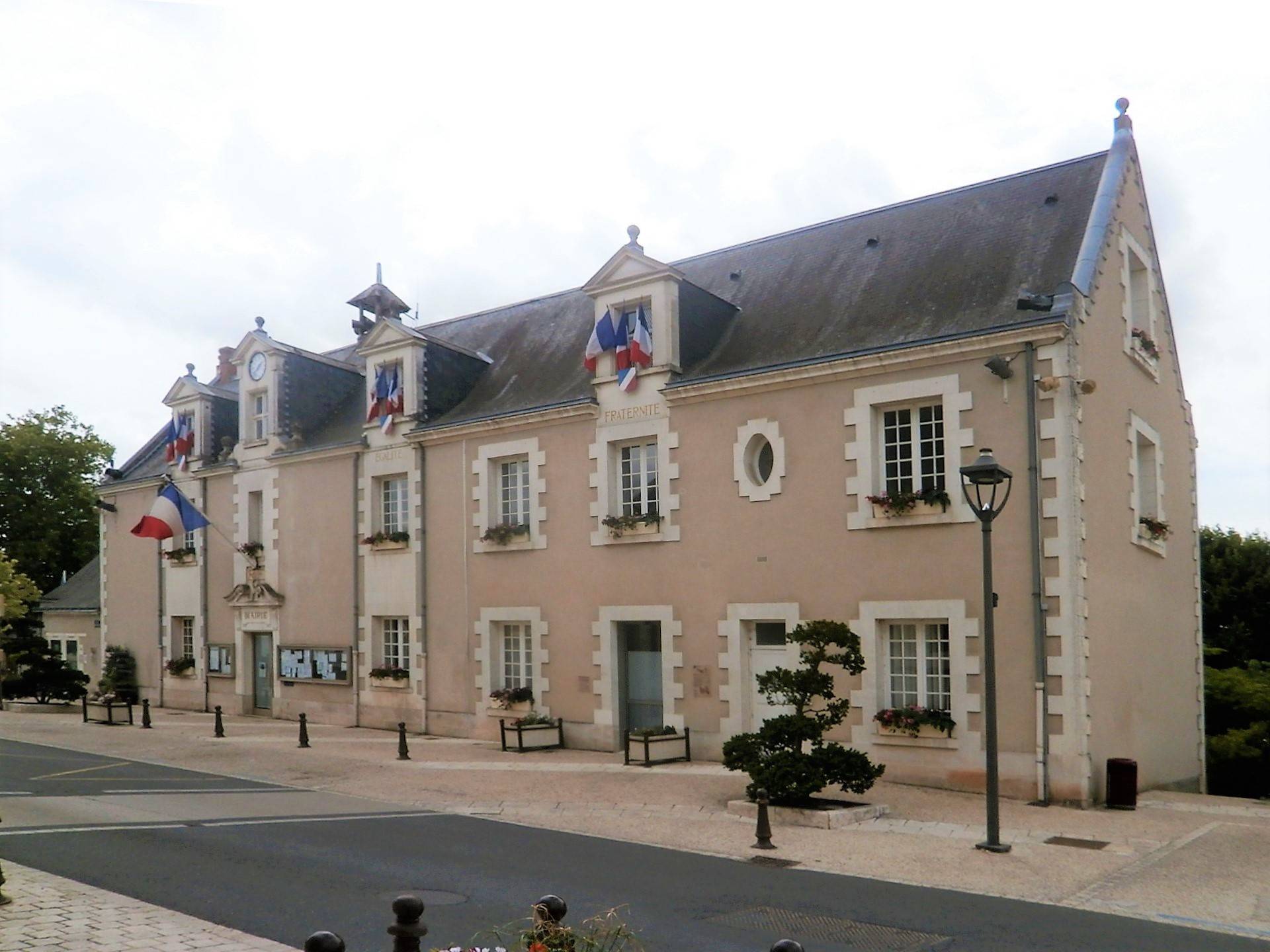
Cities in safe boot mode
Across cities in crisis
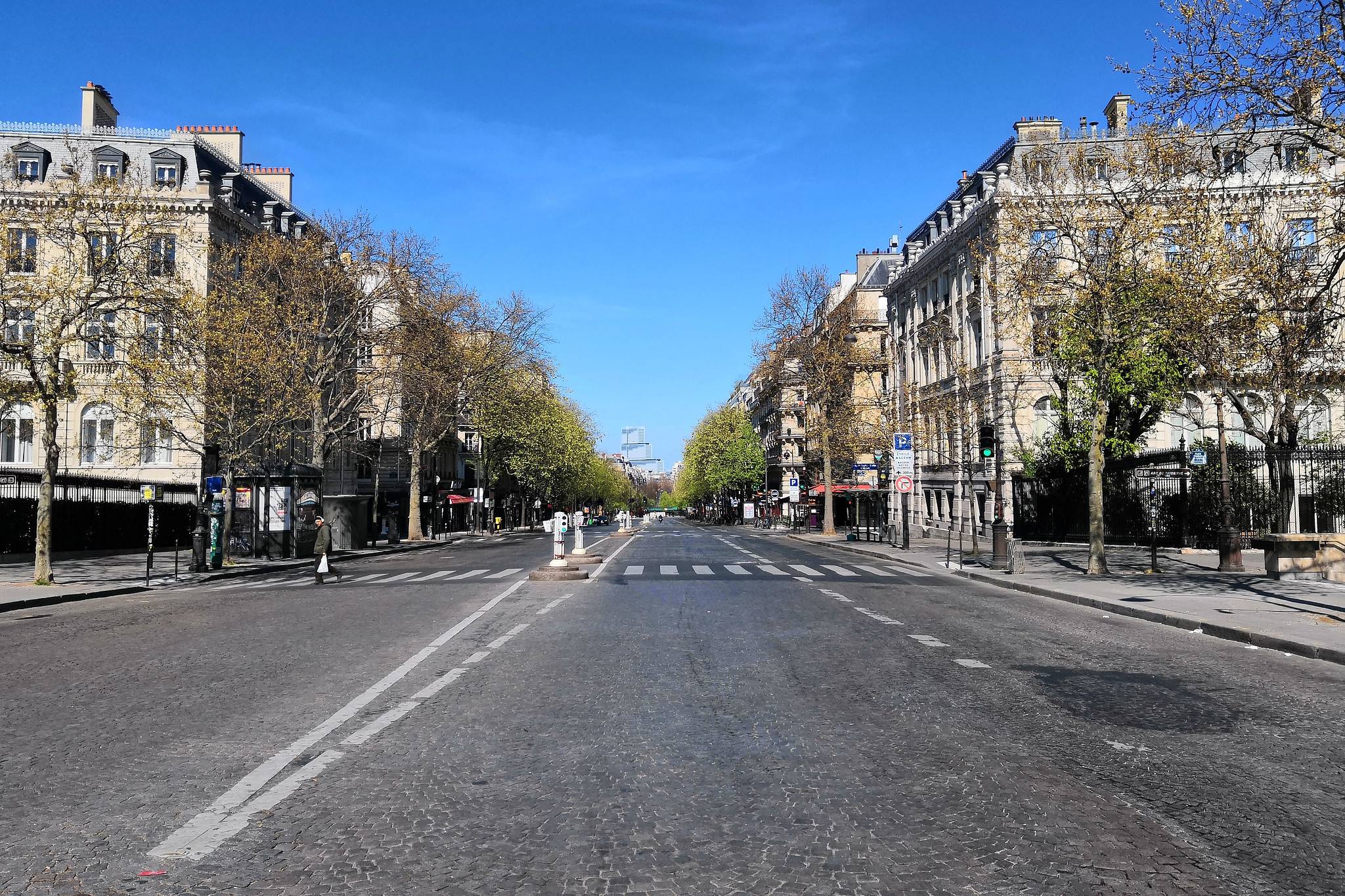
A street named desire
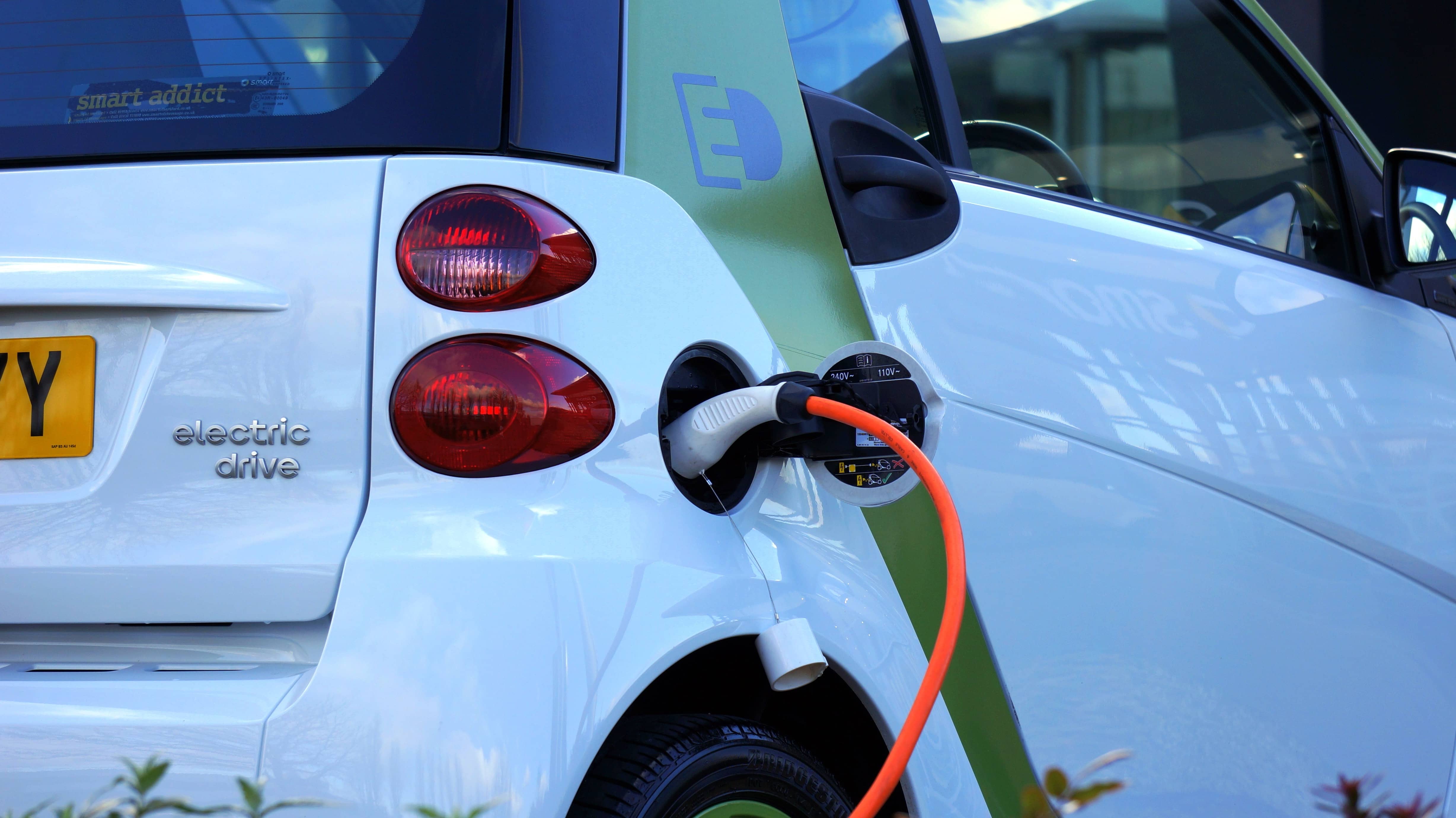
The political and technological challenges of future mobilities
La Fabrique de la Cité
La Fabrique de la Cité is a think tank dedicated to urban foresight, created by the VINCI group, its sponsor, in 2010. La Fabrique de la Cité acts as a forum where urban stakeholders, whether French or international, collaborate to bring forth new ways of building and rebuilding cities.














